Never go out without a camera – Interview with René Deenen
Thank you, René, for this opportunity to learn a little more about you and your beautiful photographic work! Could you start by introducing yourself?
I’m a 46-year-old photography enthusiast, based in the west of Germany in the Lower Rhine area next to Duesseldorf. Being a scientist (or, to be more specific, a biologist) by profession, I have always been enjoying the artistic part of photography as well as the ever-developing technology details of modern cameras and lenses.
I also like to travel a lot with my wife and my two sons, mostly hiking the Austrian and Italian Alps, but oftentimes visiting the German and Dutch seaside as well. Therefore, most of my images are taken on these holiday trips where I can dedicate a fair amount of time to my photography; and it’s then when I’m basically never going without a camera.
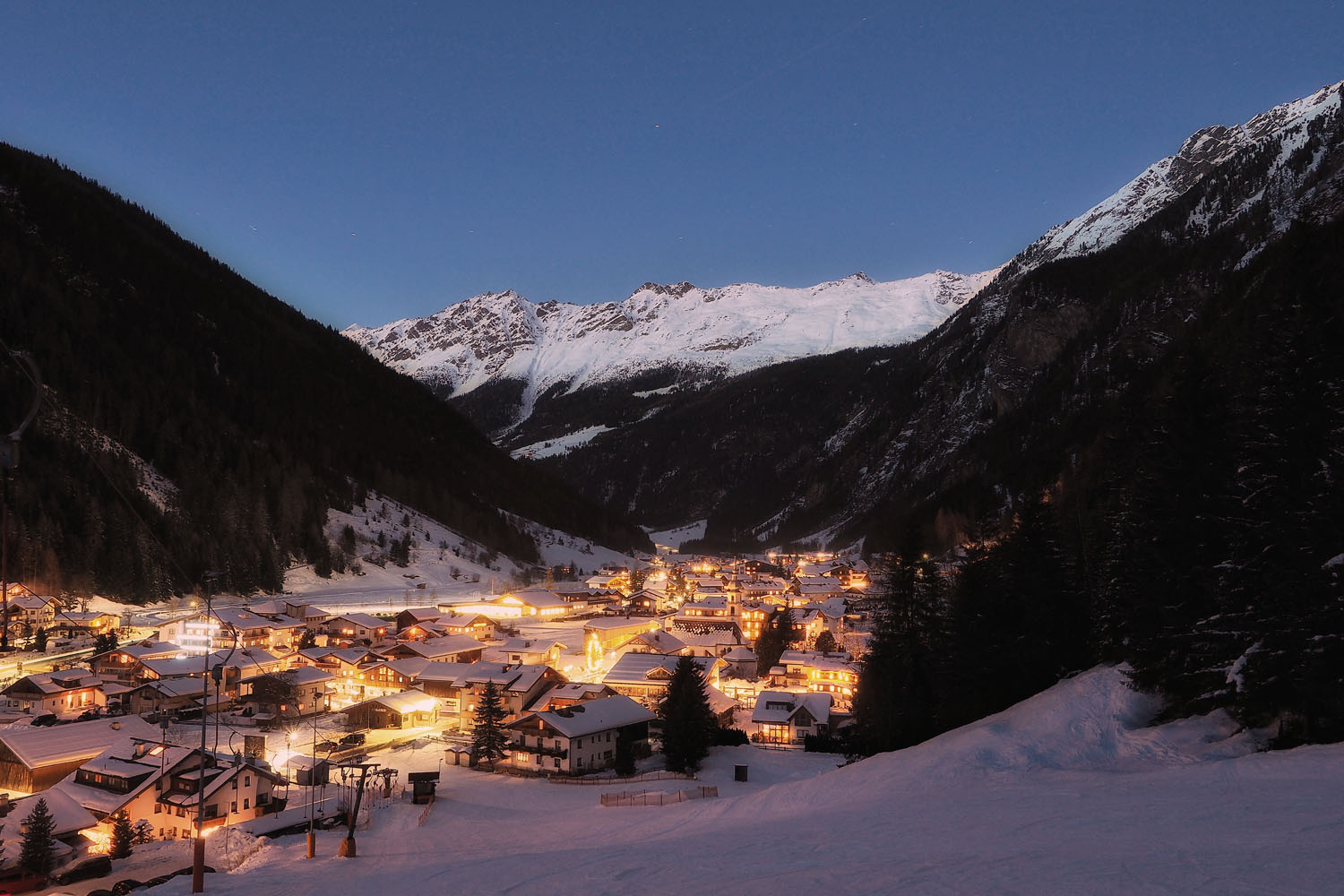
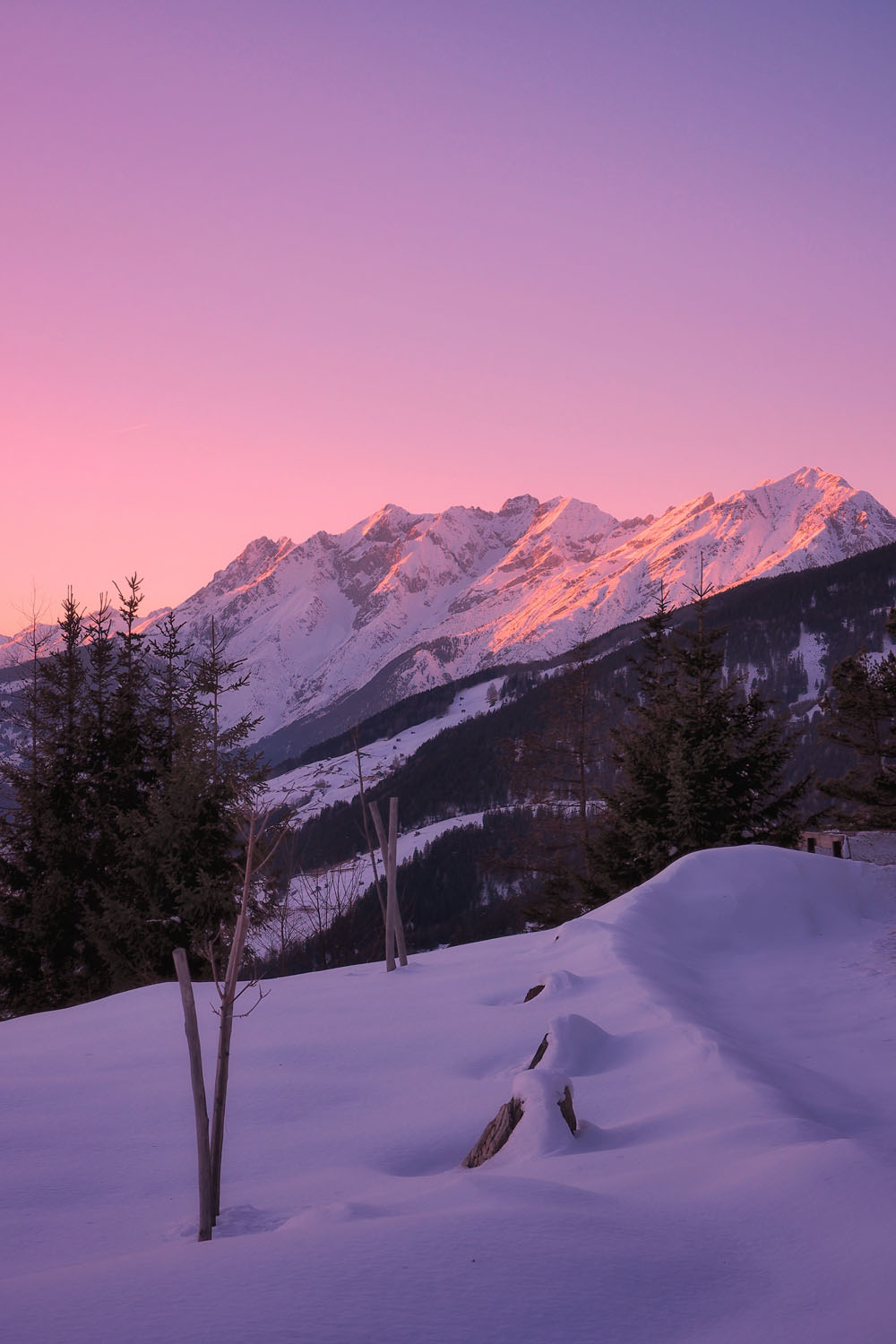
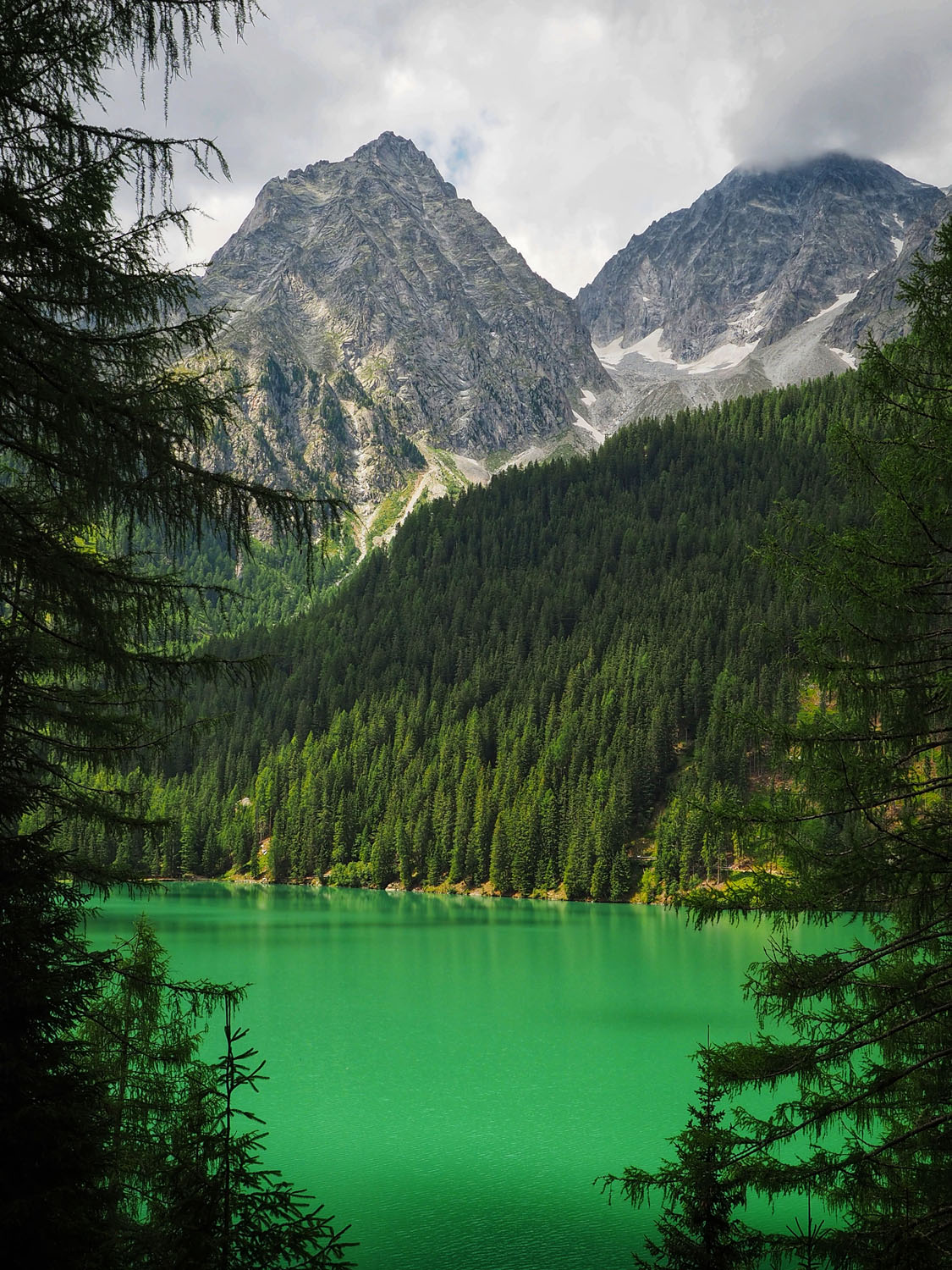
RIGHT: Olympus E-M5 MK II . Olympus M.Zuiko 12-40mmF2.8 @14mm . F/5.0 . 1/200” . ISO 200
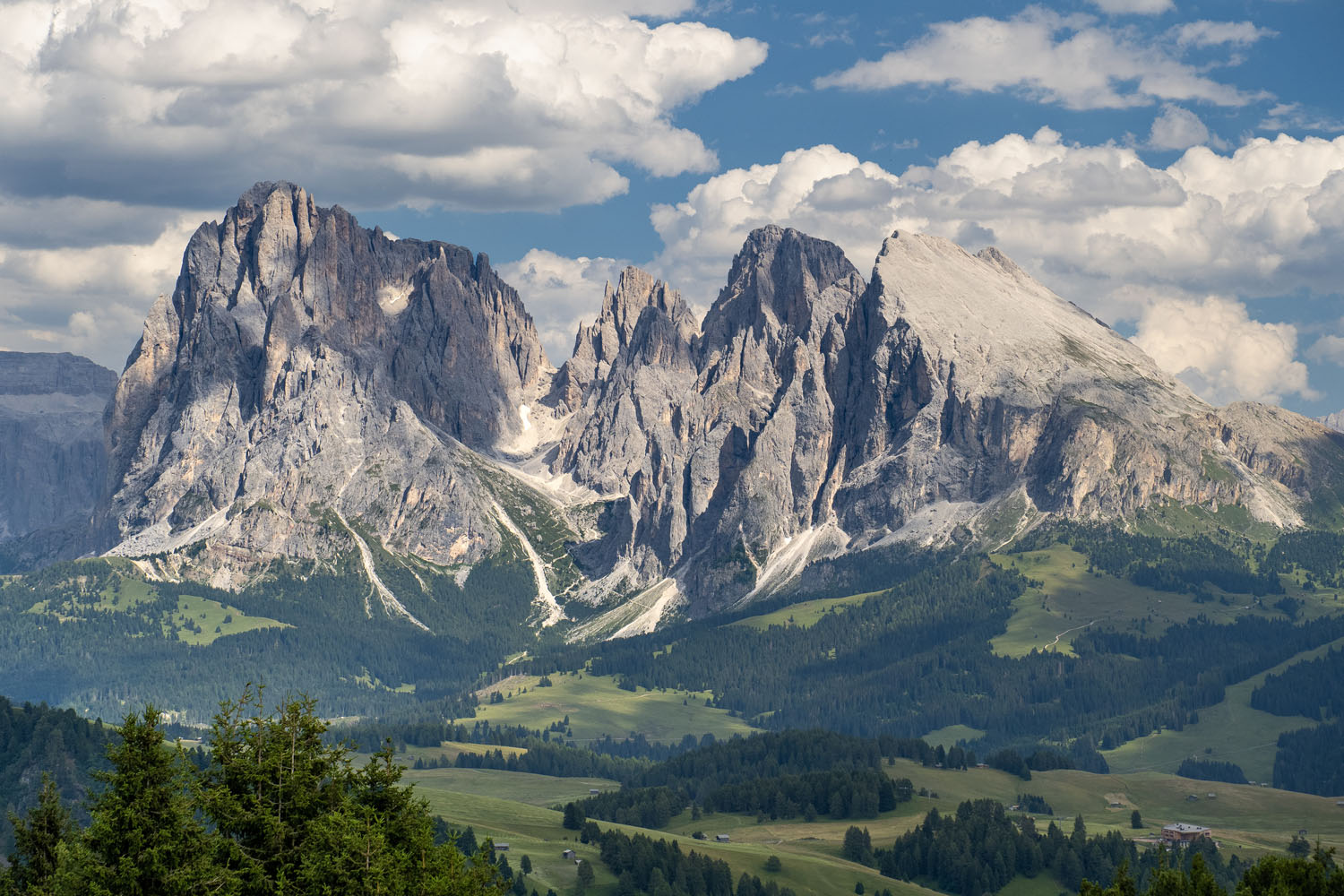
When did you take your first steps into the world of photography, and what kind of subjects interested you at the time?
I started to be interested in photography and the tech and physics behind it more than 25 years ago when I got the opportunity to take my father’s Canon T50 SLR with me for vacation. I quickly got deeper into the Canon FD system, bought additional (used) manual focus lenses and, for example, enjoyed the image quality and subject separation of the short telephoto lenses like the FD 135mm f/2.8.
Back then, I had already been focusing on landscape and nature motifs, which made me switch to the more sophisticated Canon EOS system of 35mm autofocus film cameras. My emerging passion for outdoor photography got complemented by additional experiences stepping into the world of in-the-field macro photography.
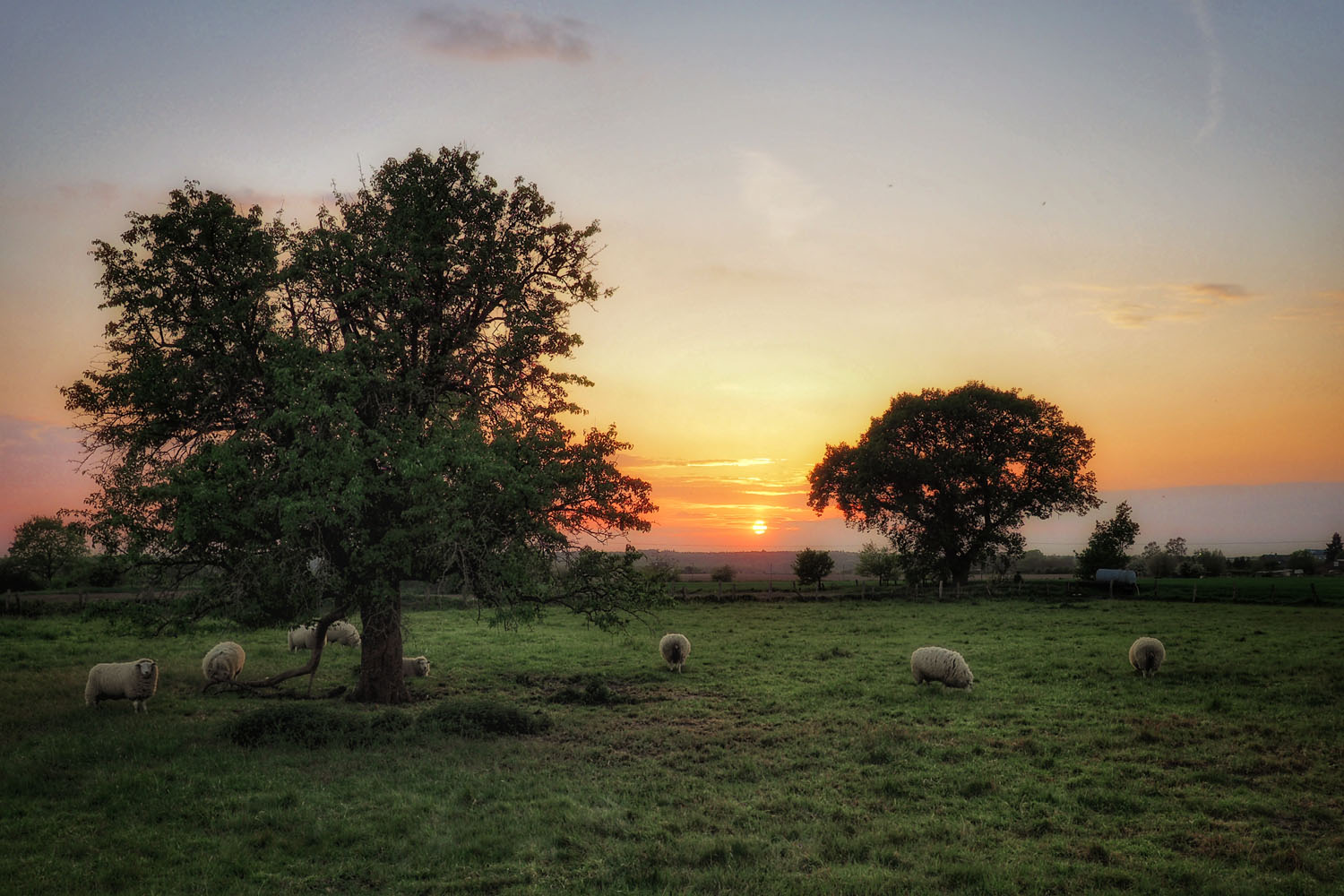
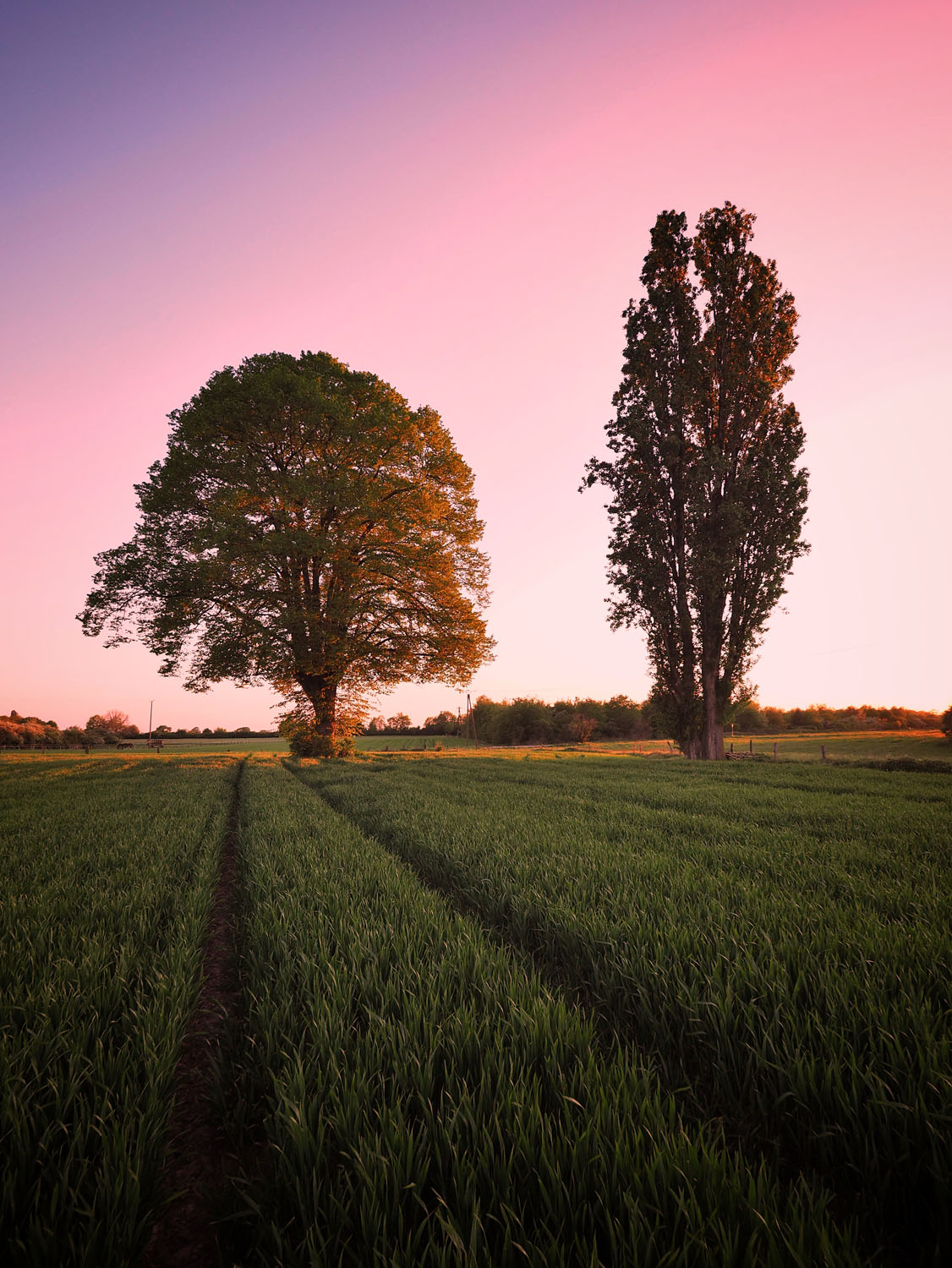
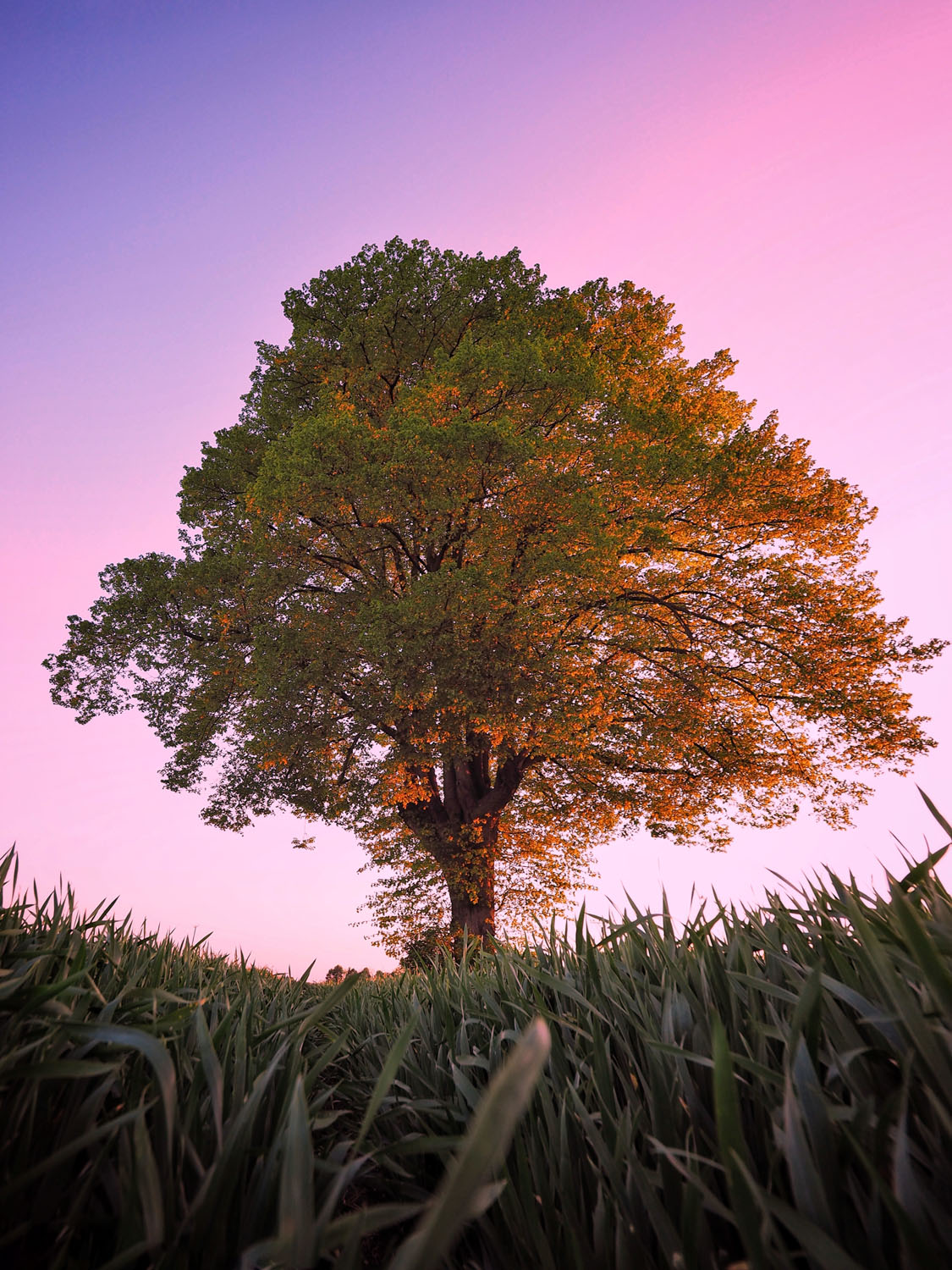
RIGHT: Olympus E-M5 MK II . Olympus M.Zuiko 7-14mmF2.8 @7mm . F/3.2 . 1/80” . ISO 200
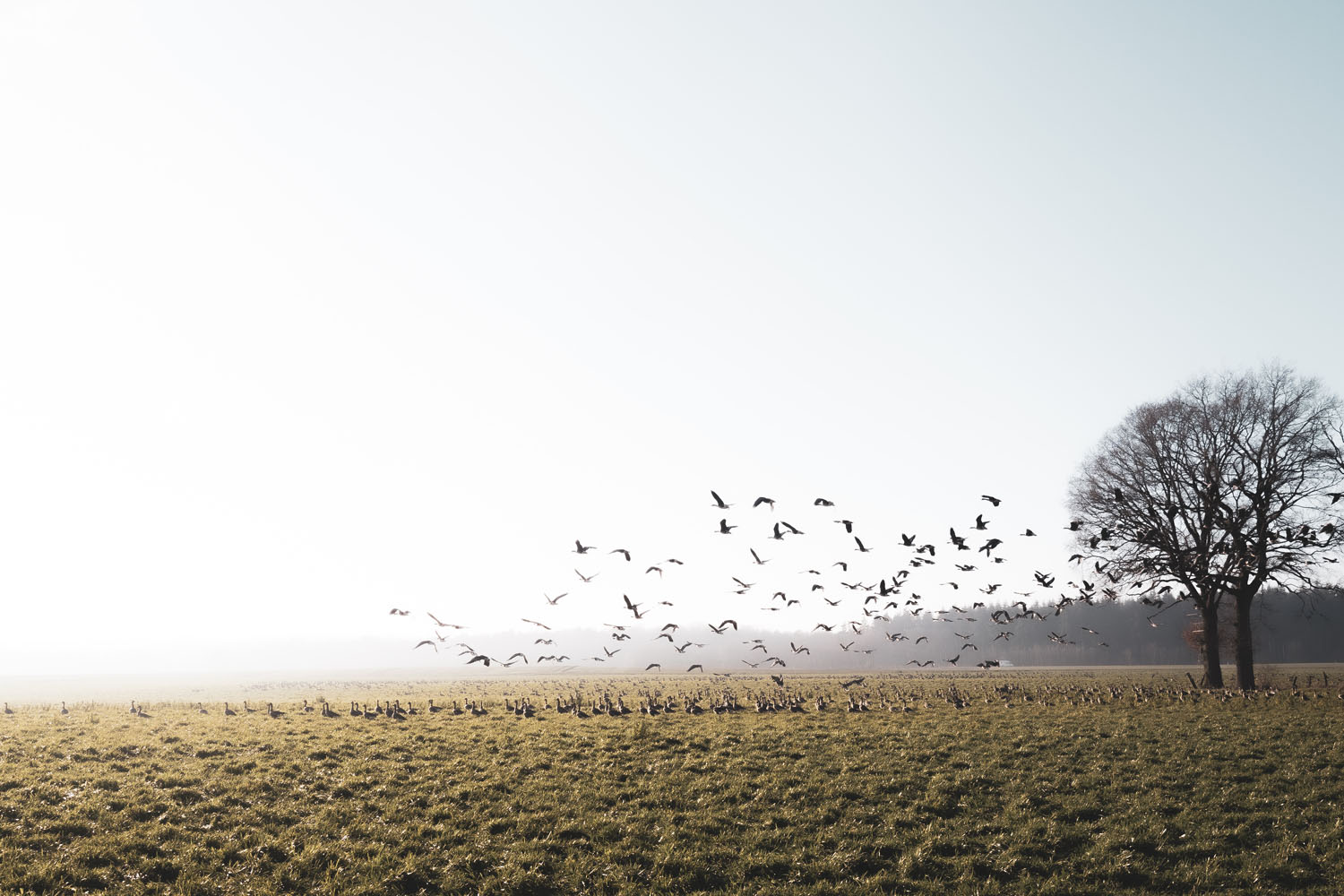
You have a passion for travel and the outdoors, right? Could you highlight some of the places that most impressed you and to which you would like to return one day?
In between those manual focus and autofocus 35mm SLR experiences, my wife and I got the opportunity to travel to Peru, where we visited the capital, Lima, as well as several remote places in the country. As we wanted to travel without attracting too much attention, I only had taken a compact 35mm film travel zoom camera with me, which nevertheless produced a lot of memorable images. The most impressive site on this four-week trip was the ancient Inca site of Machu Picchu in the Peruvian Andes. We had been hiking the famous Inca Trail for three days, already offering a lot of impressive mountain scenery, before finally arriving above the city’s remains. However, approaching Machu Picchu, the whole Andean scenery, unfortunately (maybe not really unexpectedly), had been covered by mist and clouds. This would definitely be a trip and a place worth revisiting with a dedicated, modern travel setup.
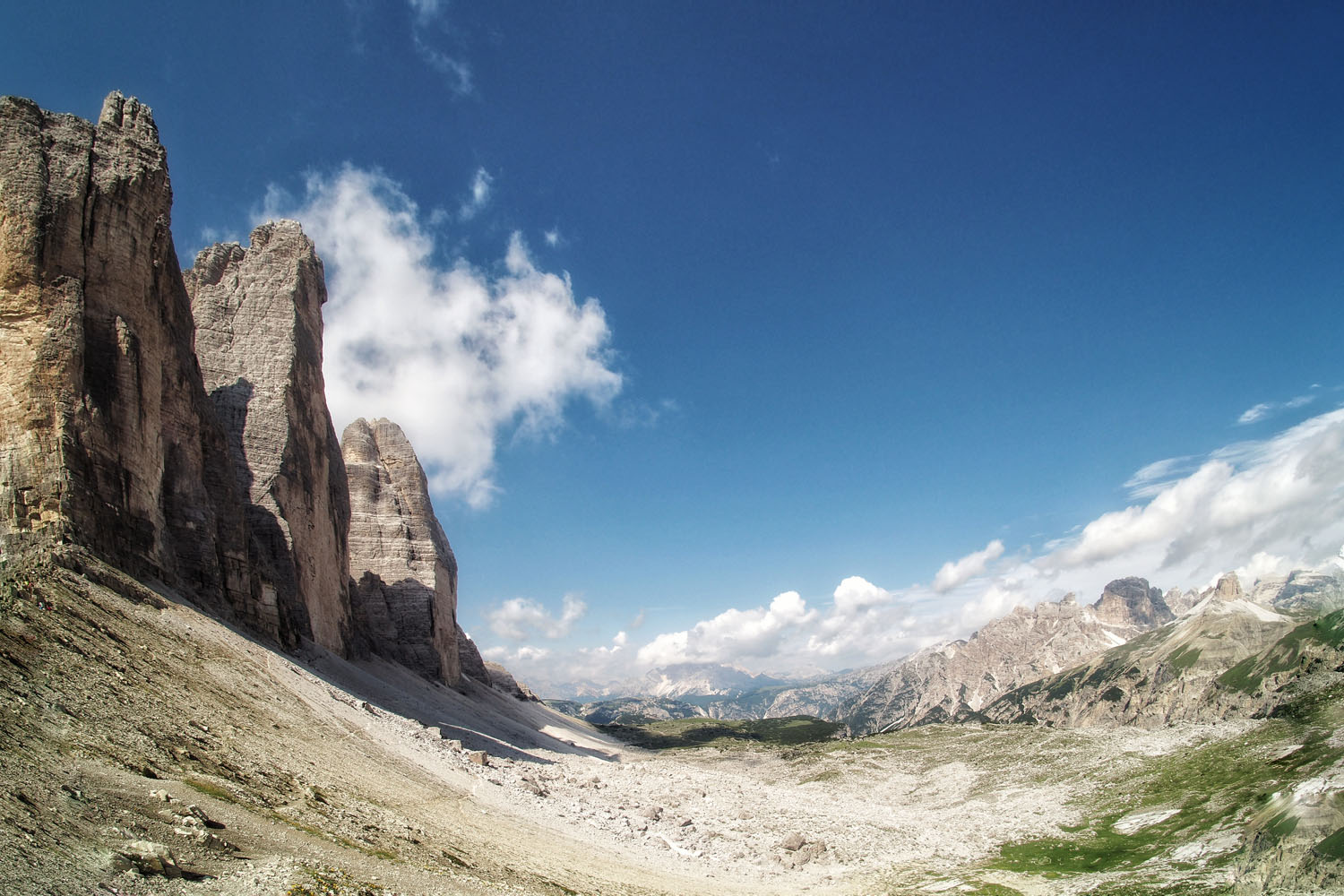
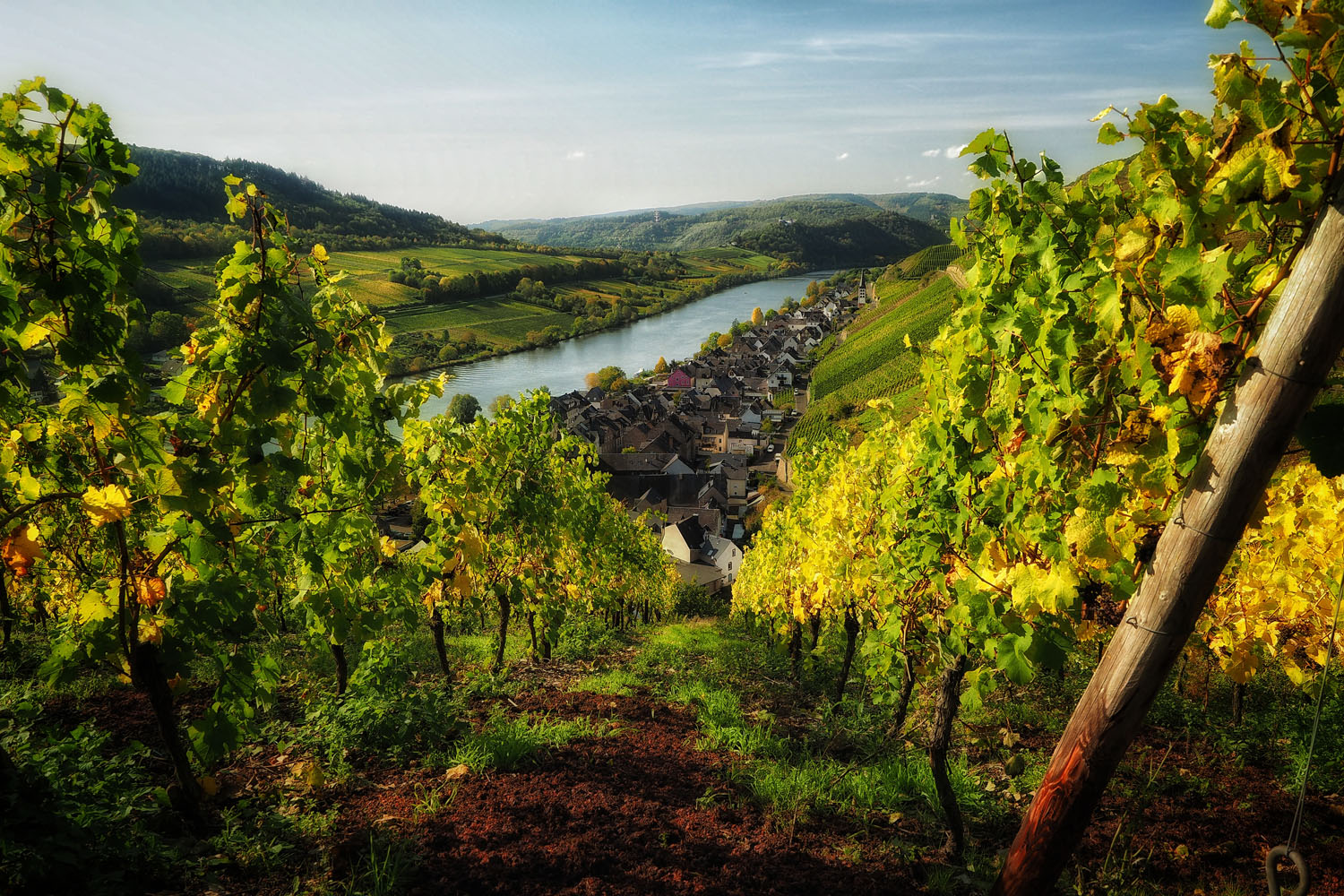
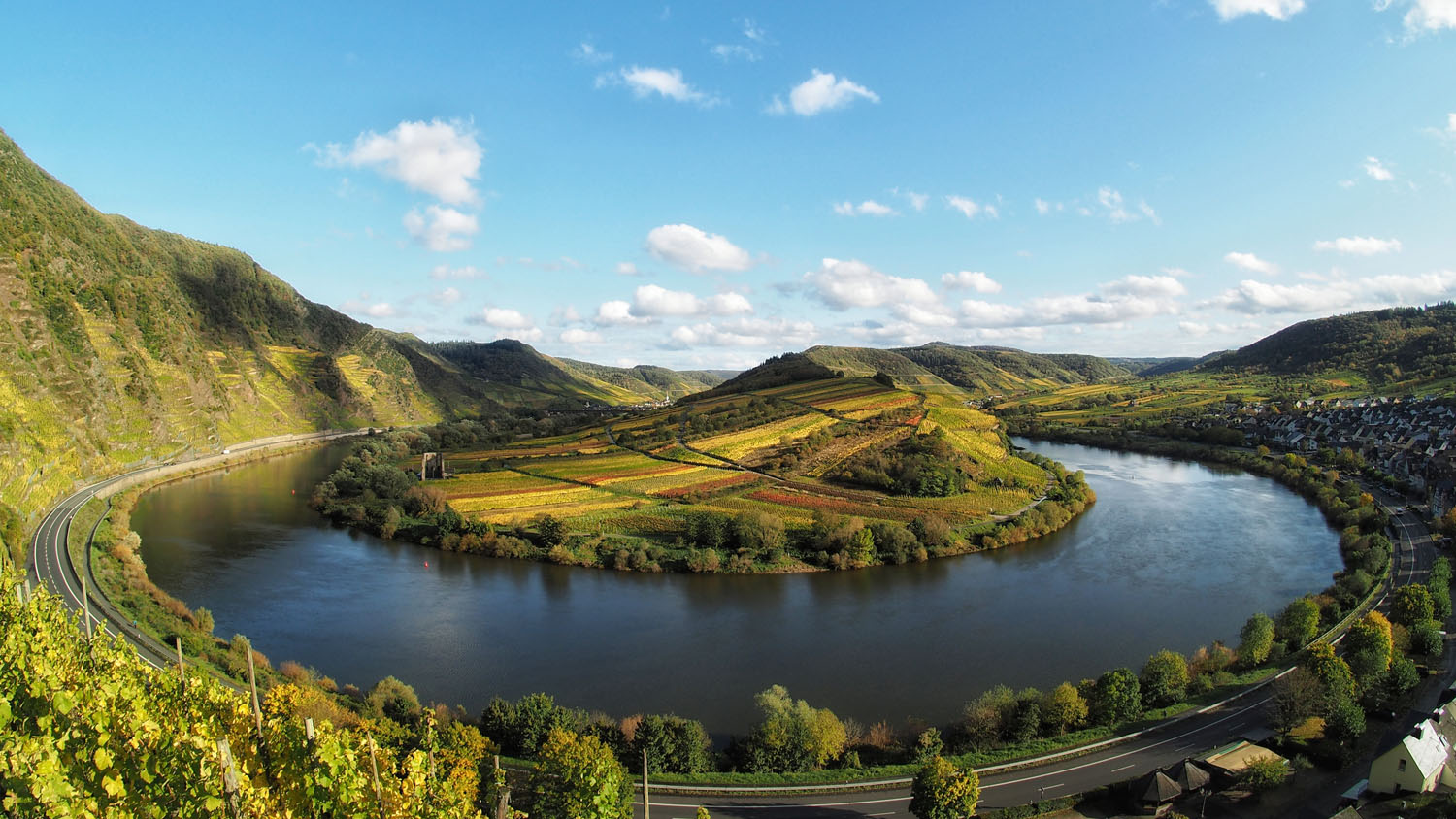
RIGHT: Olympus E-M5 MK II . 7Artisan 7.5mmF2.8 . 1/500” . ISO 200
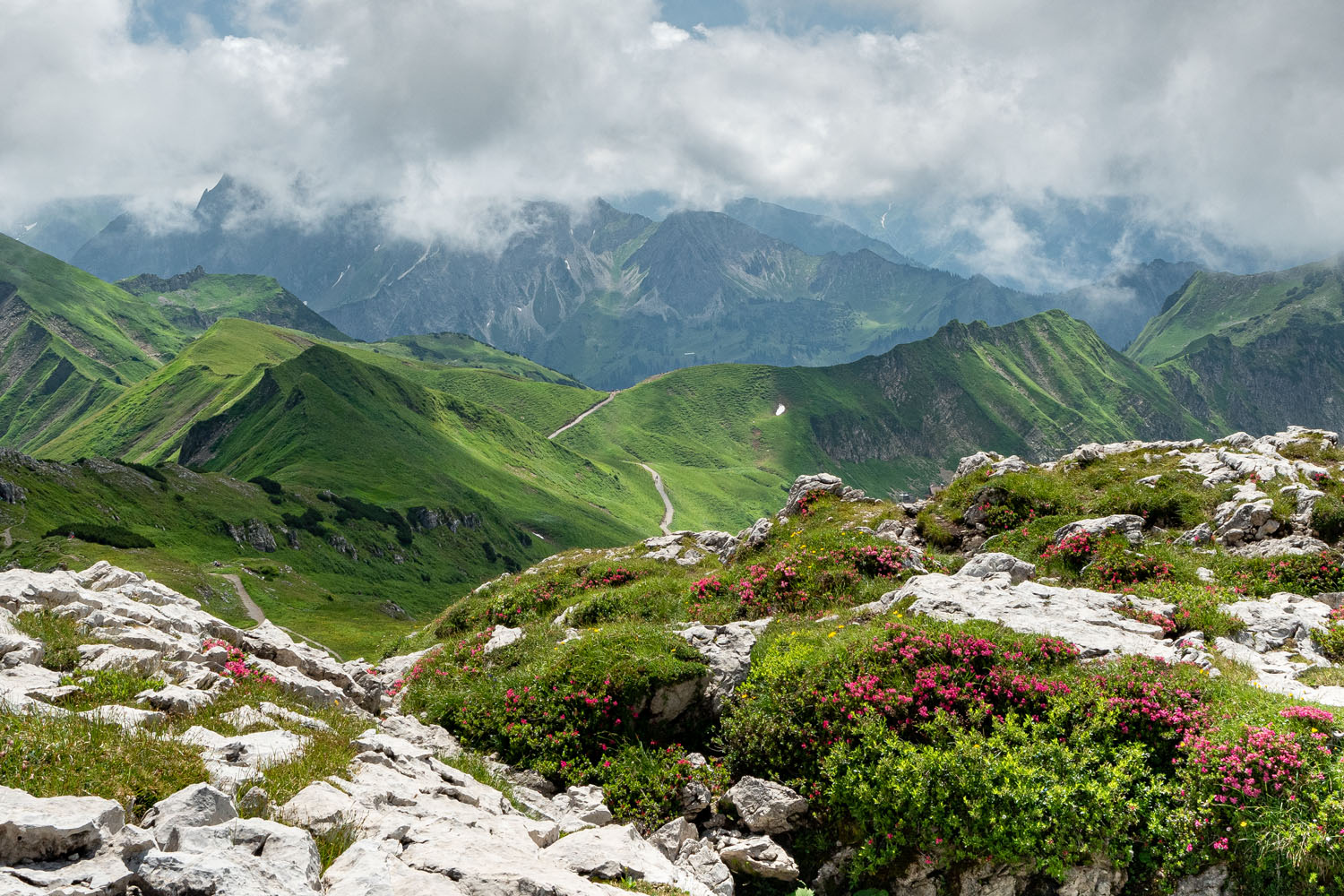
Some things do not change, and today, as for previous generations, the camera is a fundamental companion on any trip. Do you agree that Olympus, more than most other brands, understood what is essential in a travel camera? What made you choose Olympus, and what are the main advantages for the type of photography you do?
As mentioned before, I several times established quite a collection of lenses and 35mm film camera bodies for my photography, ranging from wide-angle to medium telephoto reach, including fast primes and macro lenses. After going digital with the Canon APS-C system, and starting to take the kids with us for hiking, I urgently needed to reconsider the available space during those trips.
After getting rid of all that bulky SLR stuff, I ultimately identified the Olympus system as the most suitable, versatile and affordable one for my needs.
No wonder, there’s again quite a collection of lenses and camera bodies on my shelf, but even with a semi-pro body like my E-M1 Mark III, I can go absolutely lightweight and inconspicuously. Adding two to three lenses for the trip, I’m able to cover a tremendous zoom range if needed. Likewise, ultra-wide angle lenses like the 7-14mm f/2.8 PRO still are absolutely affordable and small compared e.g. to their FF equivalents.
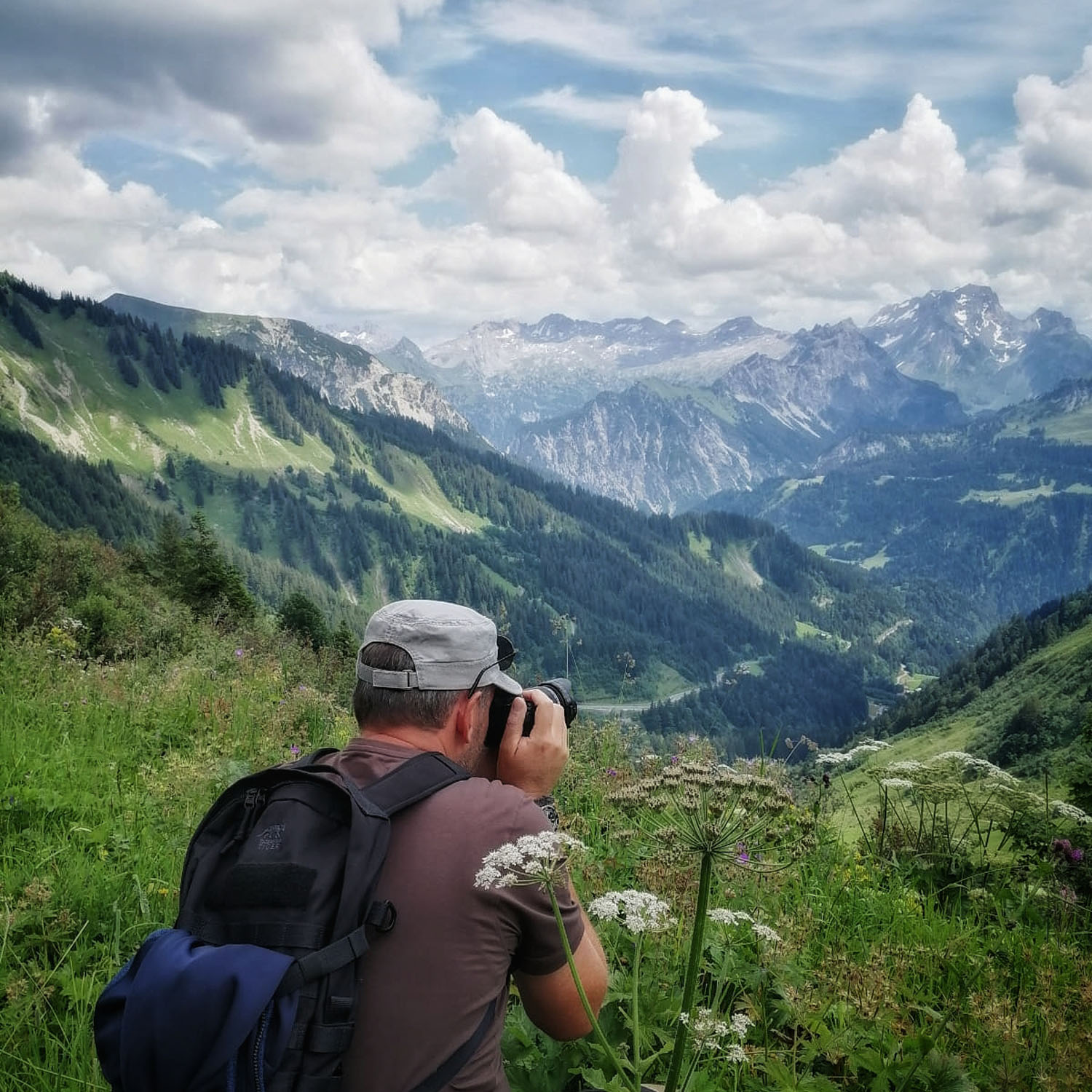
What do you usually carry in your camera bag, including accessories?
For hiking, my camera backpack most of the time carries the E-M1 Mark III with a couple of lenses, some spare battery packs and different-sized polarizers. The remaining space is occupied by trivial things like additional clothes, food and drinks.
For business trips, I often just take the PEN-F with the 17mm f1.8 in a smartphone-sized messenger bag. If a true pocket size is needed, I go with the Panasonic GM1 and Lumix 20mm f1.7
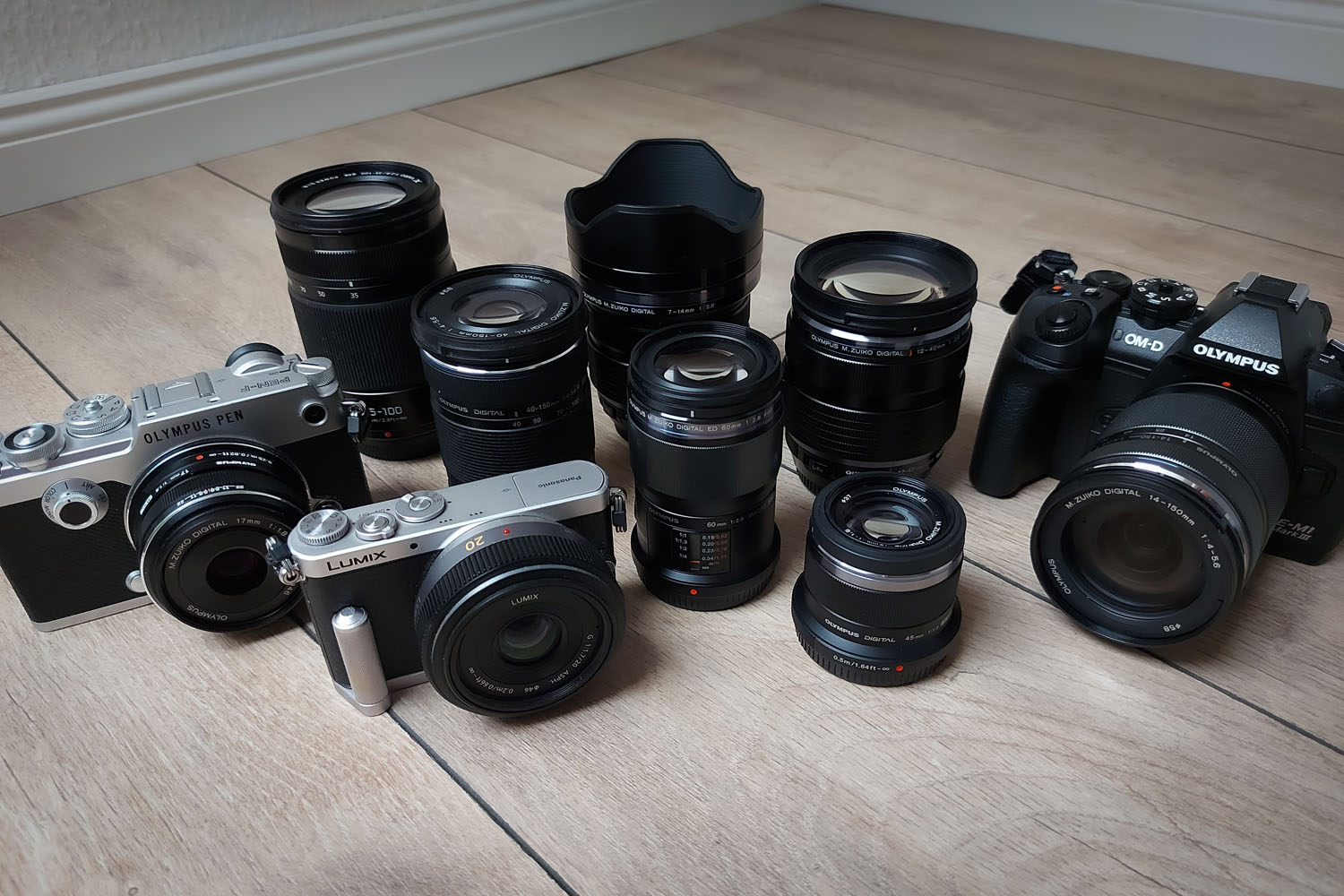
From your first Olympus model to the camera you currently use, what evolutions would you like to highlight other than image quality?
My first Olympus body has been the OM-D E-M10. I then switched to the E-M5 Mark II, and currently use the E-M1 Mark III.
Stepping up from the E-M10 to the E-M5 Mark II provided me with a fully weather-sealed system in combination with the 12-40mm f2.8 PRO that I had been using before on the E-M10. With this (later on adding the 7-14mm f2.8 PRO), I was able to shoot even in heavy snowfall in the Austrian Alps or near a waterfall surrounded by spraying water.
Switching to the E-M1 Mark III in the first place offered a much-improved autofocus system which especially paid off when shooting moving subjects like running dogs or birds in flight (which I actually only touched upon).
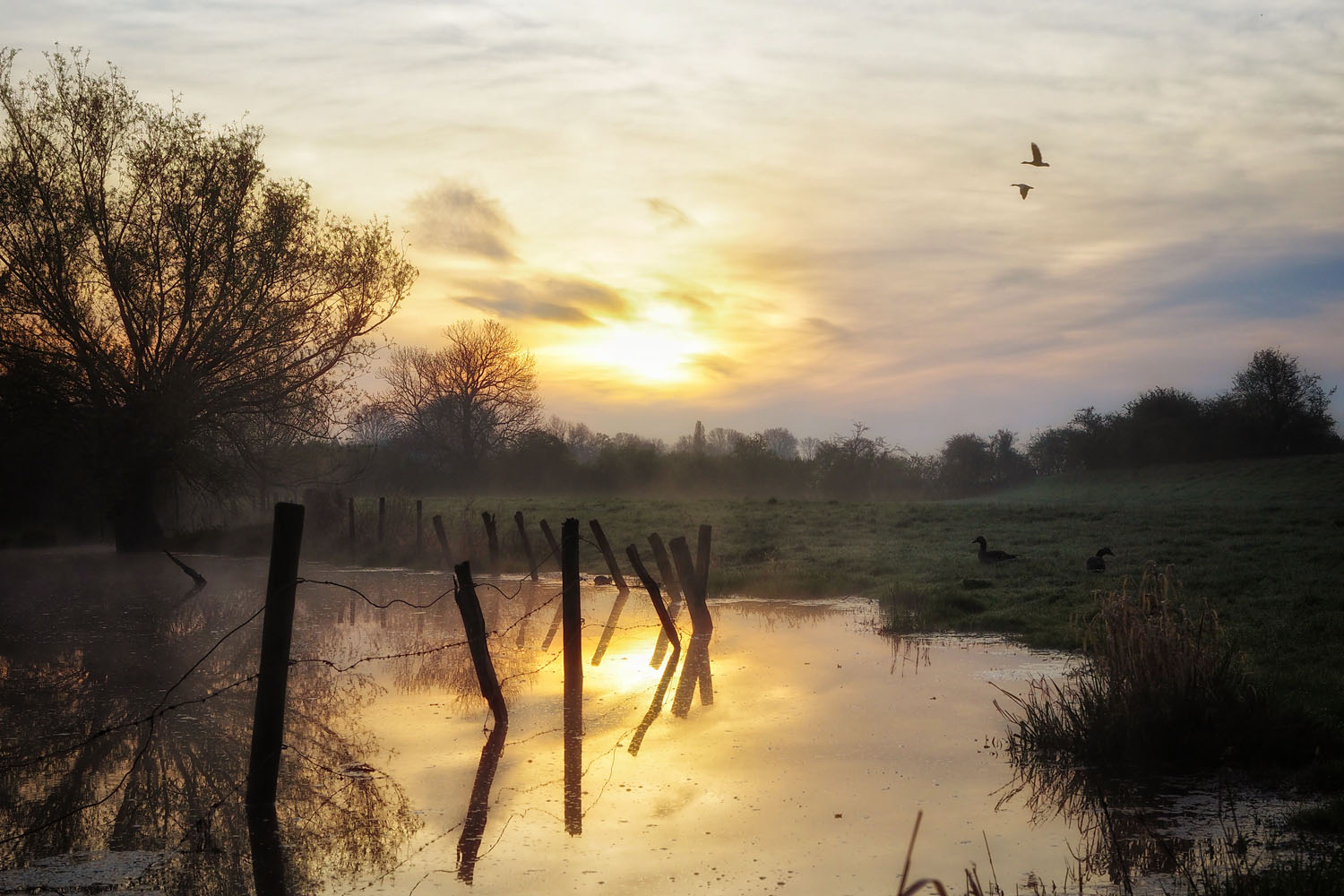
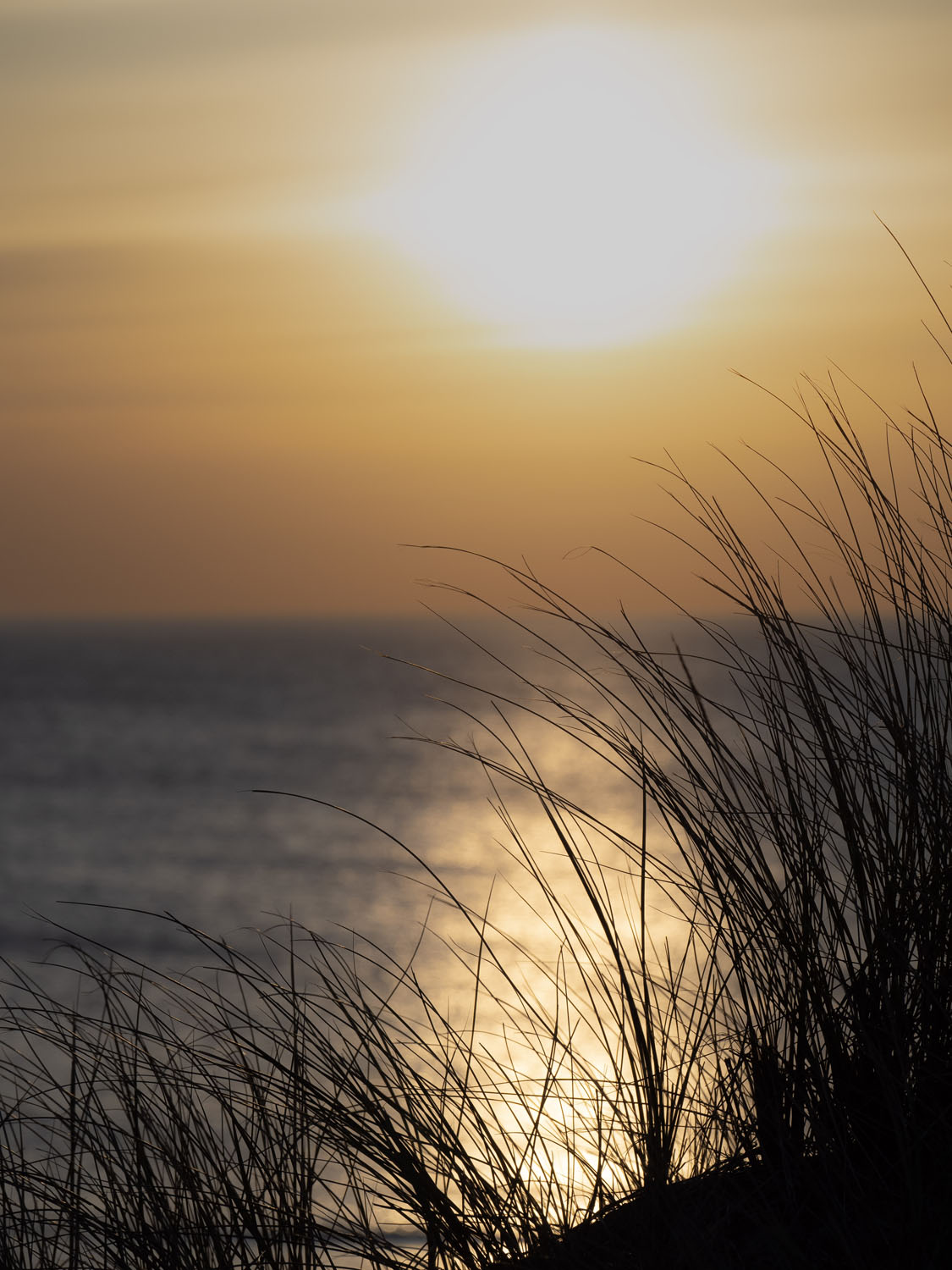
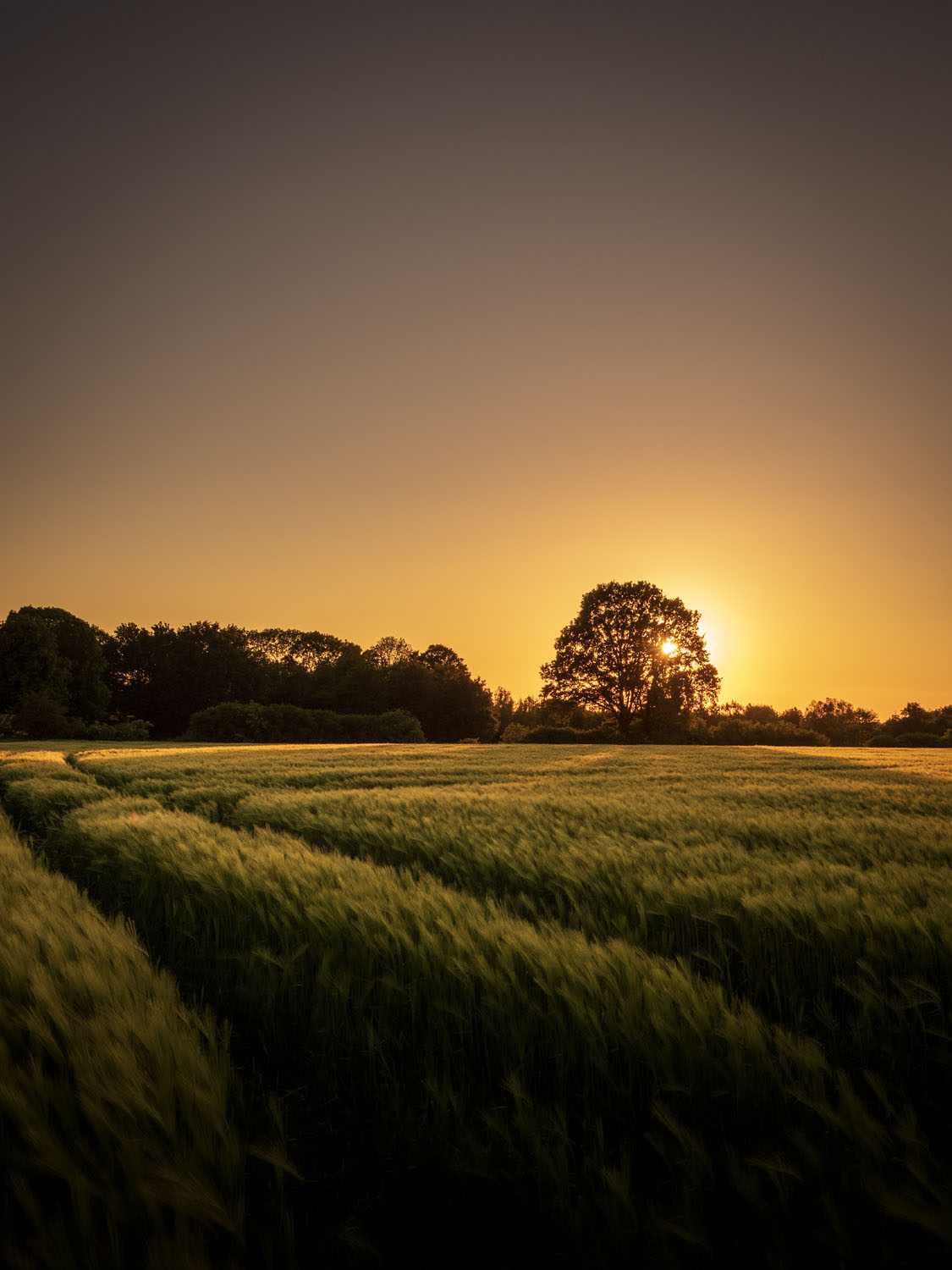
RIGHT: Olympus E-M5 MK II . Olympus M.Zuiko 12-40mmF2.8 @13mm . F/6.3 . 1/320” . ISO 200
Do you take advantage of any of your camera’s computational photography functions, or do you prefer to focus on the essentials, which is having a compact, fast and reliable camera?
Actually, the latter matters the most to me: working with a compact, yet powerful camera, which in addition to the everyday functions and features, offers a whole lot of additional features to explore. For most of my landscape photography, I like to shoot RAW so that I can tweak, for example, dynamic range in post if needed. However, I really like the camera’s live ND function, which enables me to easily expand exposure time even during the daytime without the need to apply conventional ND filters. With that, it’s obvious to introduce additional artistic effects into otherwise simple images.
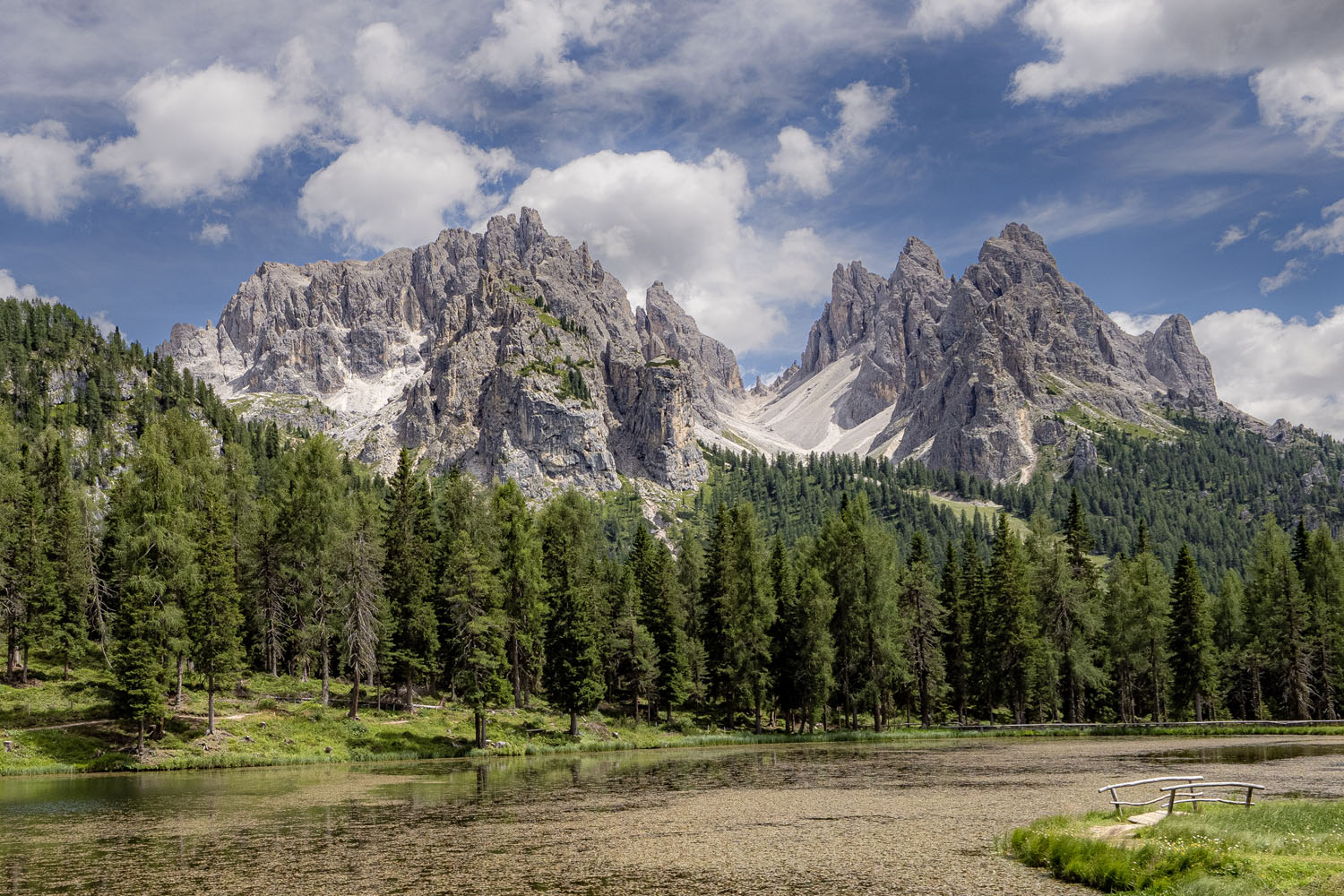
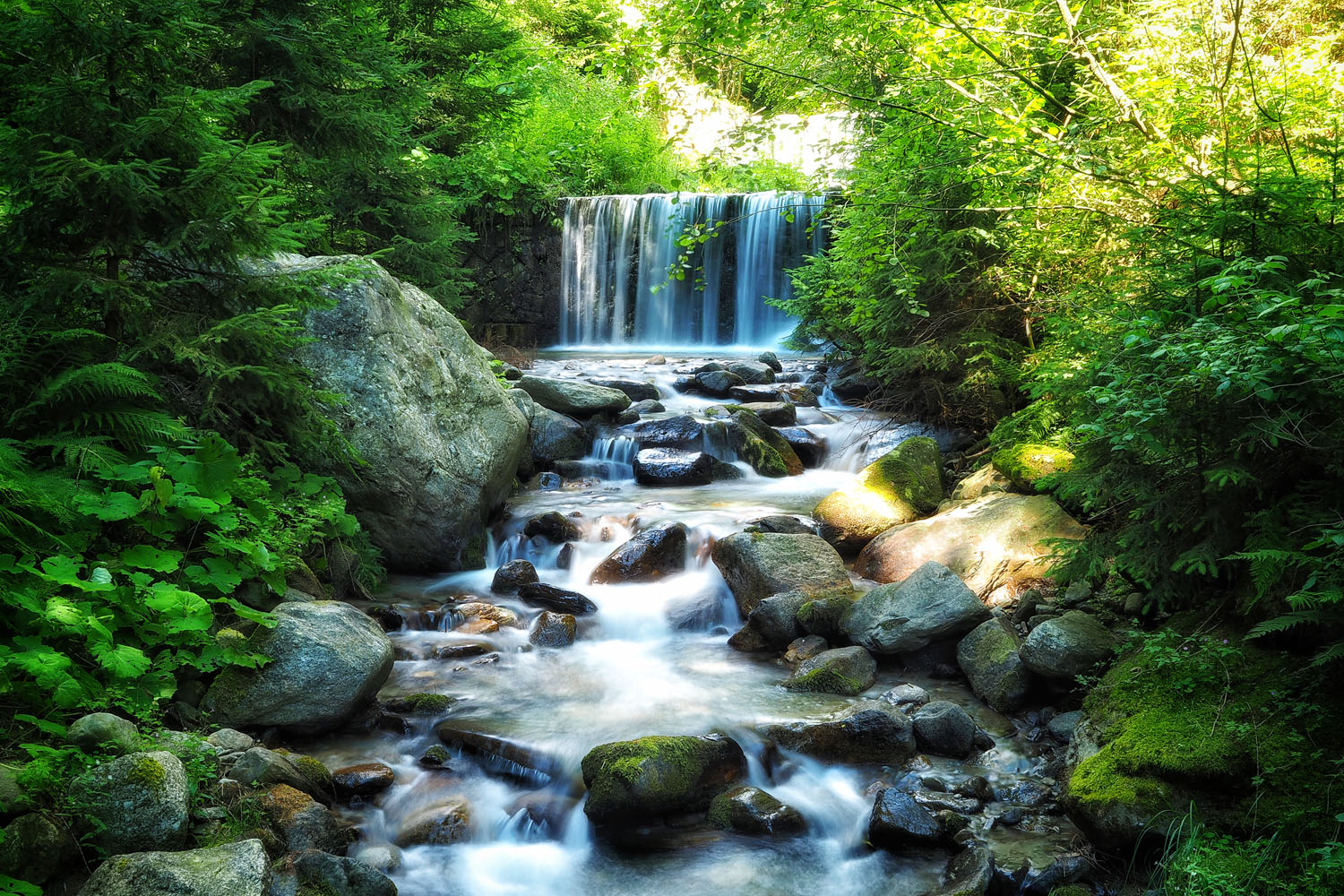
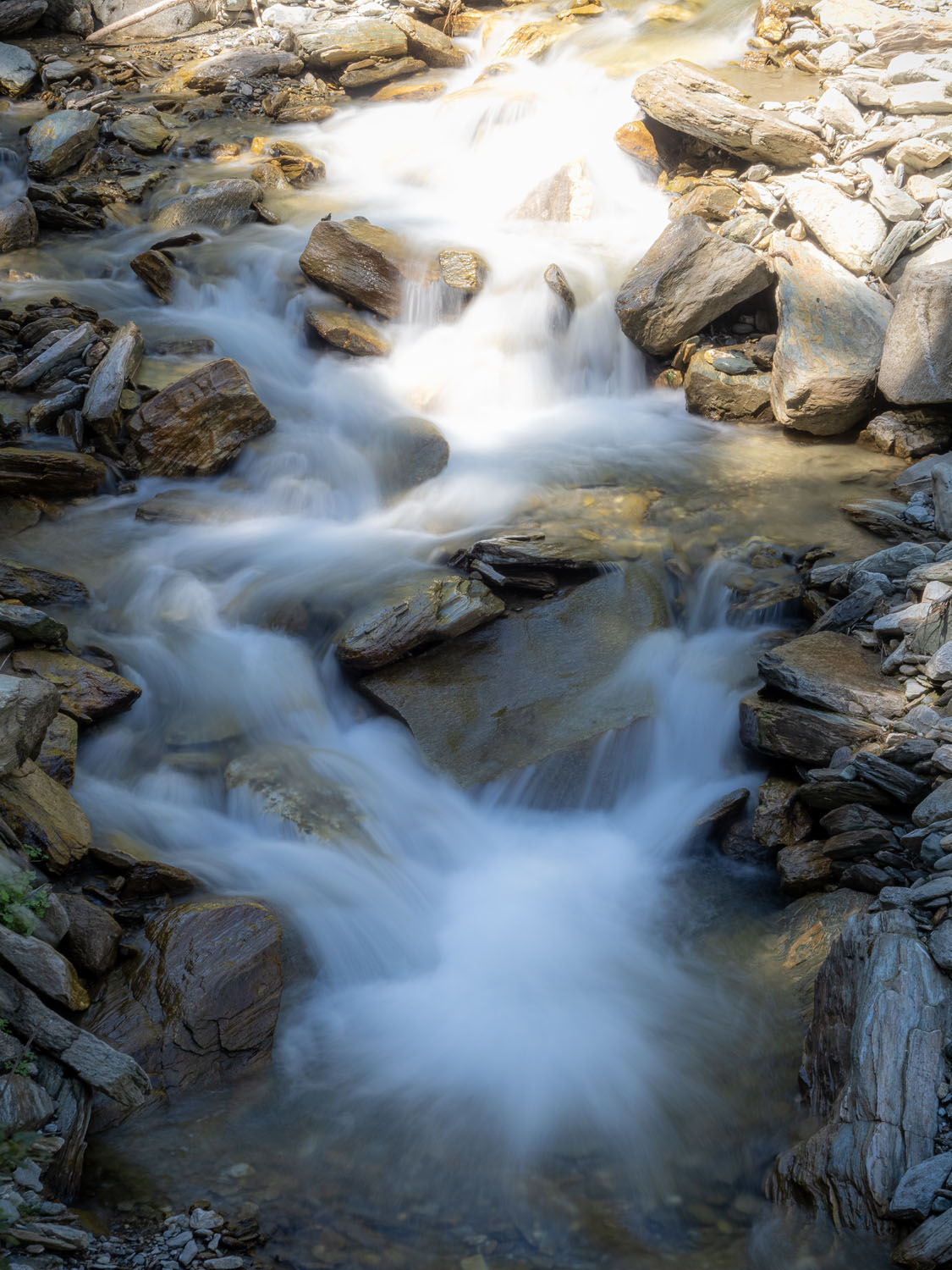
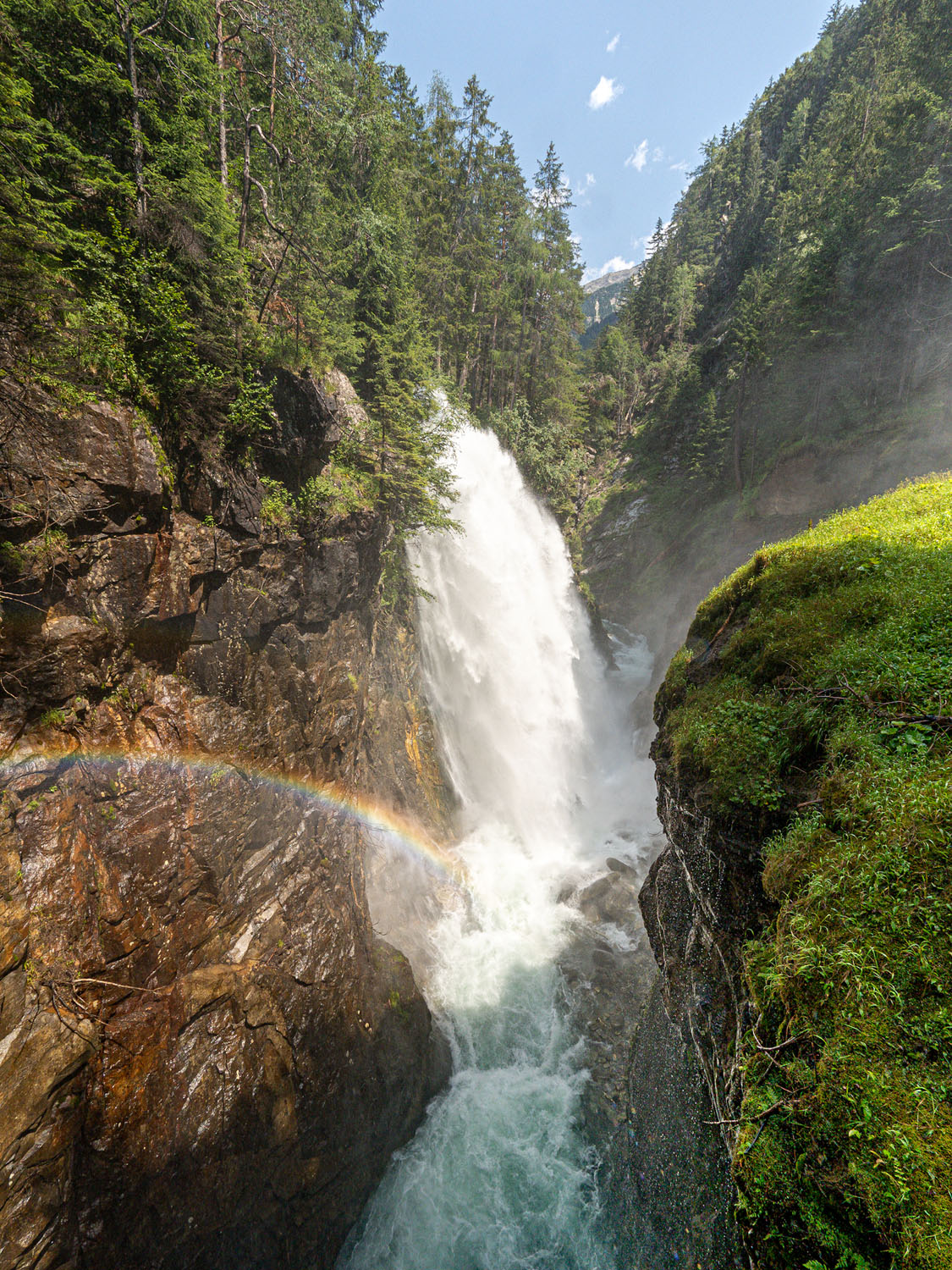
RIGHT: Olympus E-M5 MK II . Olympus M.Zuiko 7-14mmF2.8 @7mm . F/6.3 . 1/500” . ISO 200
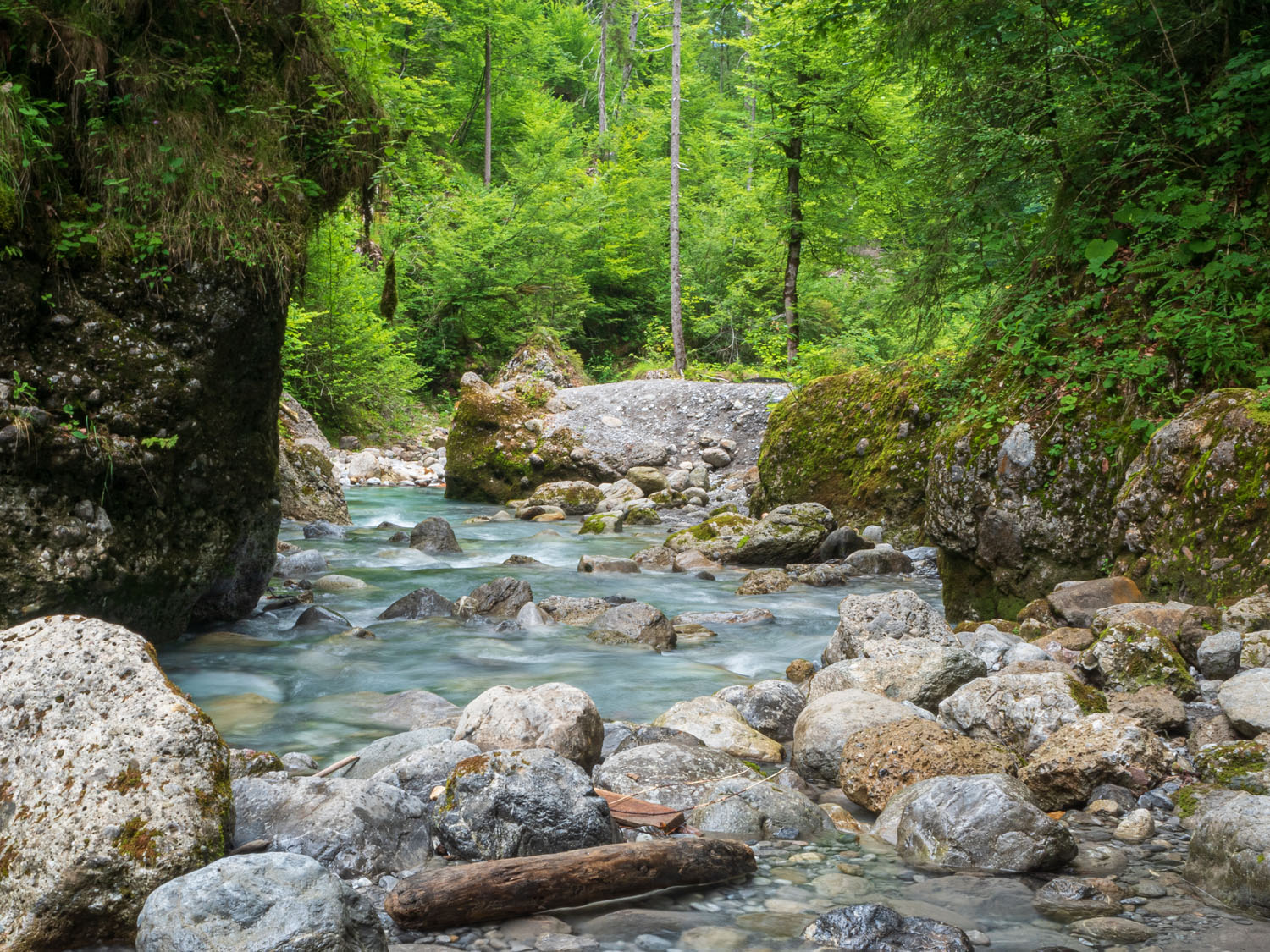
What lenses do you use, and which one is most often attached to your camera?
I use a couple of Olympus PRO zoom lenses because of the f2.8 aperture (7-14mm, 12-40mm), some small, fast-aperture Olympus and Lumix f1.7 – 1.8 primes (17mm, 20mm, 45mm), and not to forget, a 7Artisans 7.5mm f2.8 Fish-Eye. Additionally, there’s the Lumix 35-100mm f2.8II and the Olympus 40-150mm f4-5.6. My latest acquisition, the 14-150mm f4-5.6, is currently attached to the E-M1III most of the time, replacing the 12-40mm for now.
I went for the super-zoom to again switch back to the roots, reducing my standard walk-around kit to this lens combined with the 7-14mm f2.8 PRO, providing a lightweight, fully weather-sealed combo of only two lenses going from ultra-wide to telephoto range.
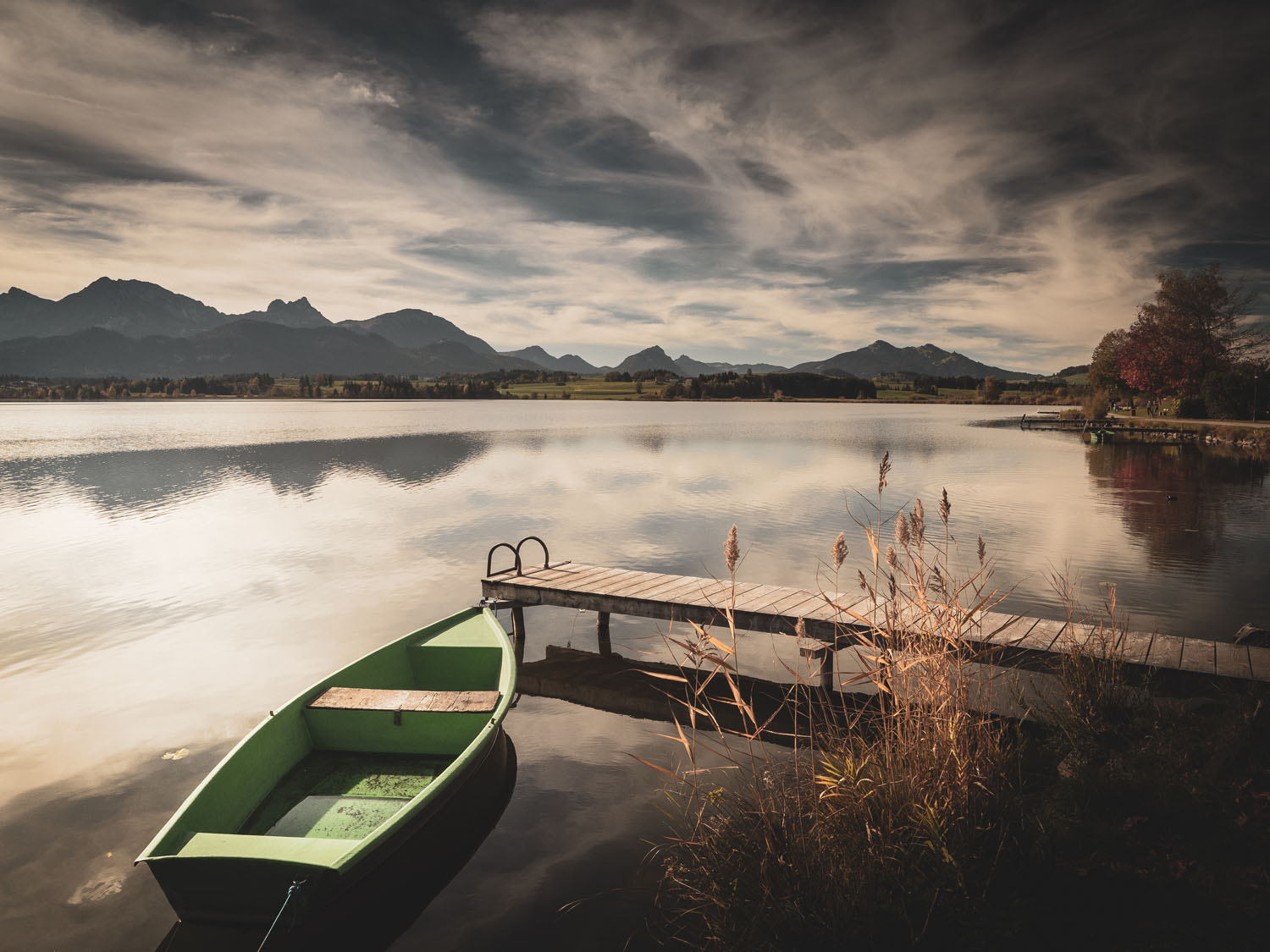
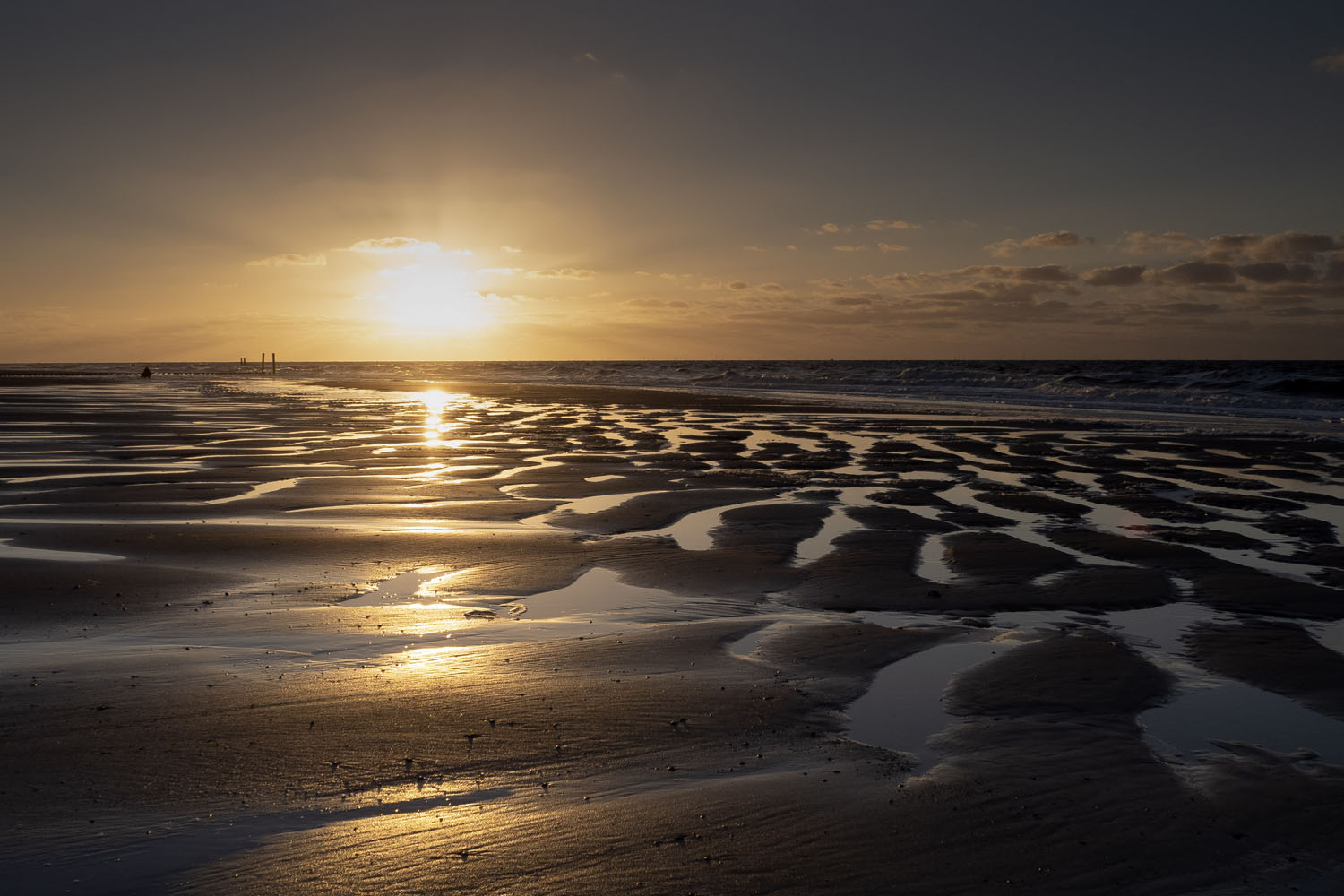
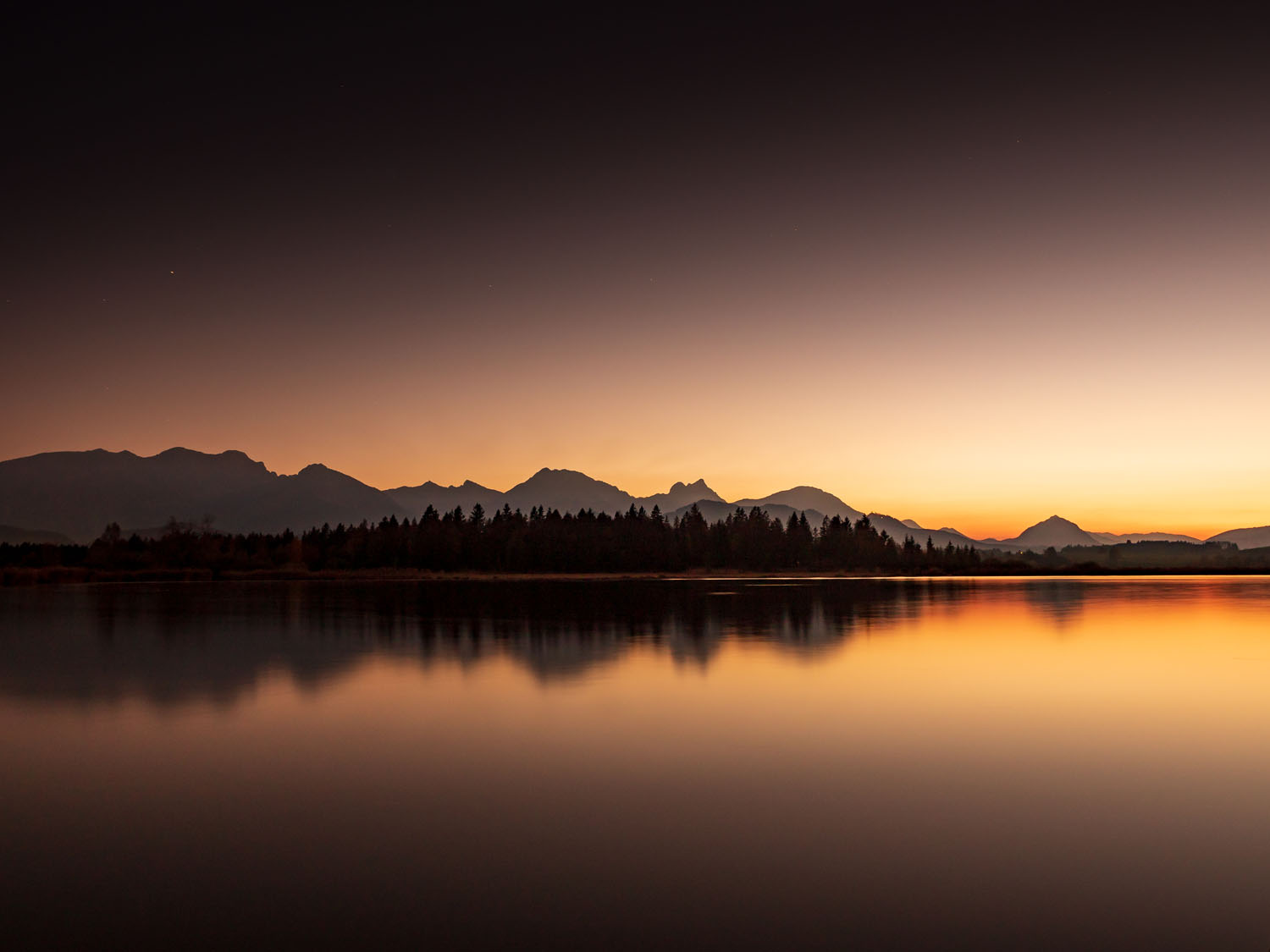
RIGHT: Olympus E-M5 MK II . Olympus M.Zuiko 12-40mmF2.8 @12mm . F/8 . 20” . ISO 200

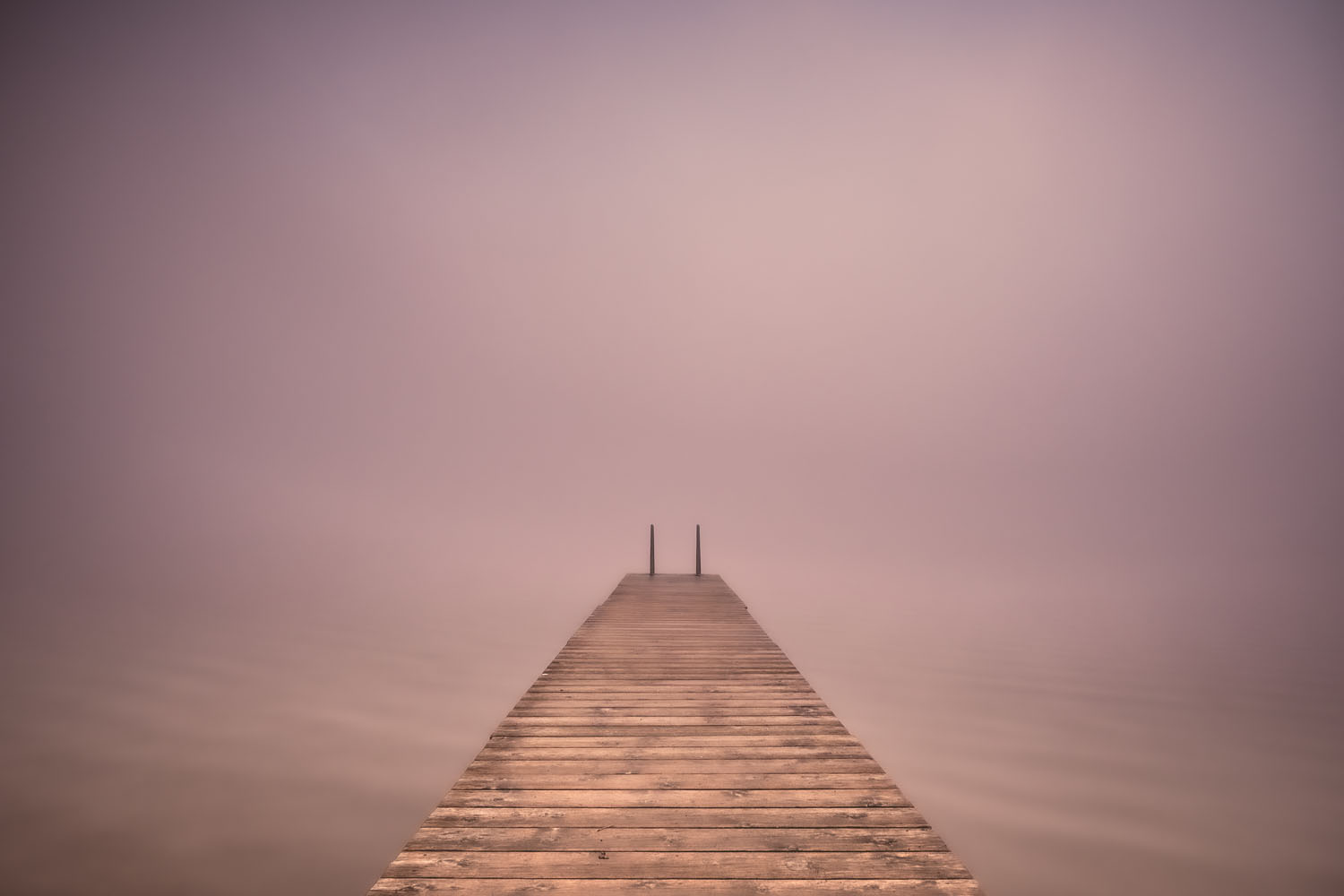
We noticed that the editing of your photos is quite subtle, keeping the images as close to reality as possible. Could you tell us what software you use and briefly describe your post-processing workflow?
I almost exclusively process my images “on the fly” in Adobe Lightroom Mobile on my phone. After importing the *.ORF files, usually I only adjust contrast, highlights and shadows, and apply a suitable amount of sharpening. For individual images, I might add some gradient mask to highlight, for example, the clouds in the sky, or additionally adjust the brightness of sunsets etc. As I don’t use a calibrated computer screen, I found the colours to be most accurate for online presentation when the corresponding images were processed on my mobile.
Before switching to Lightroom, I used the mobile Snapseed app for editing Jpeg files, more or less following the same route of processing steps, albeit for sure not employing the additional dynamic range the RAW format offers.
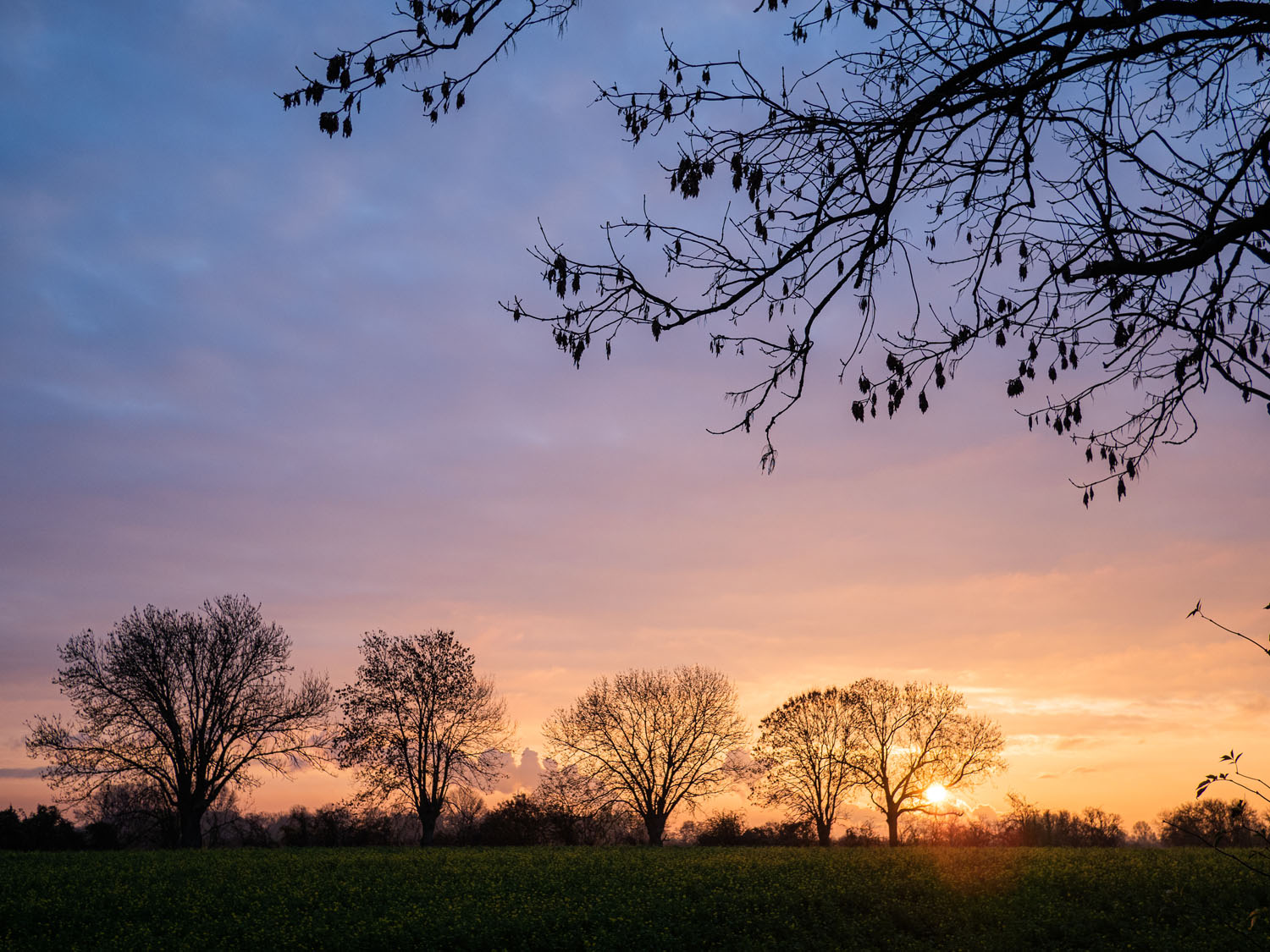
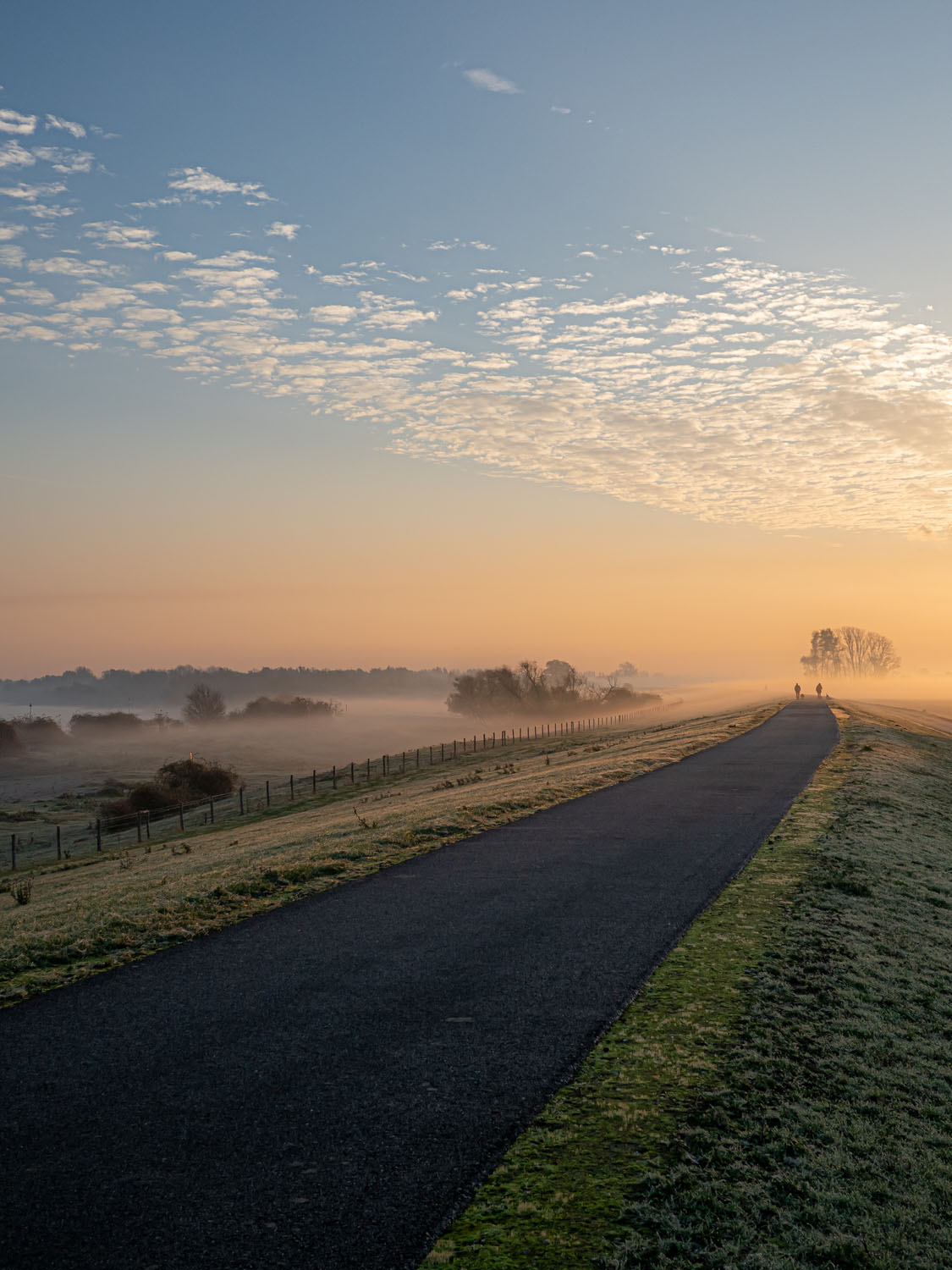
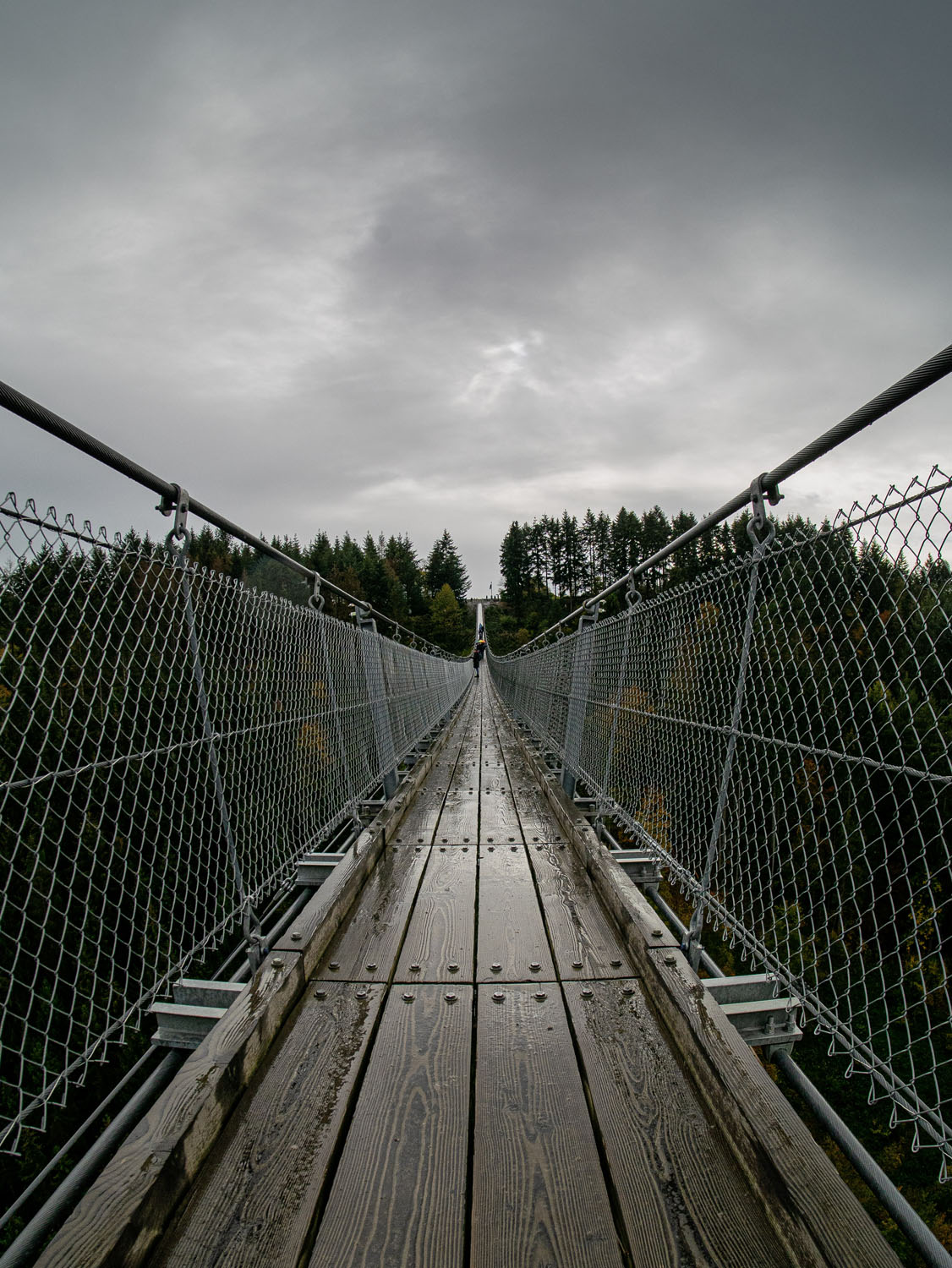
RIGHT: Panasonic GM1 . 7Artisan 7.5mmF2.8 Fish-Eye . 1/1250” . ISO 200
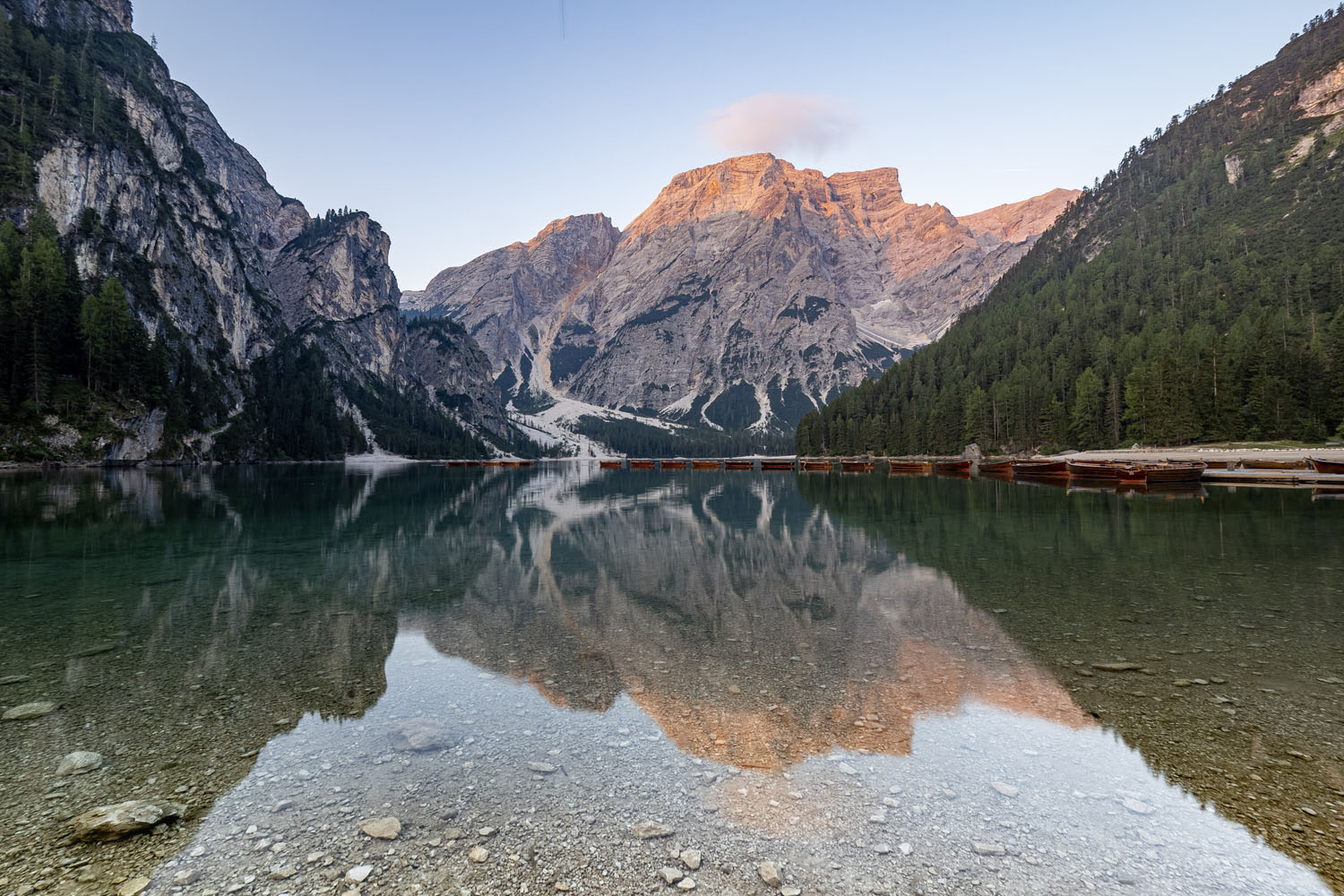
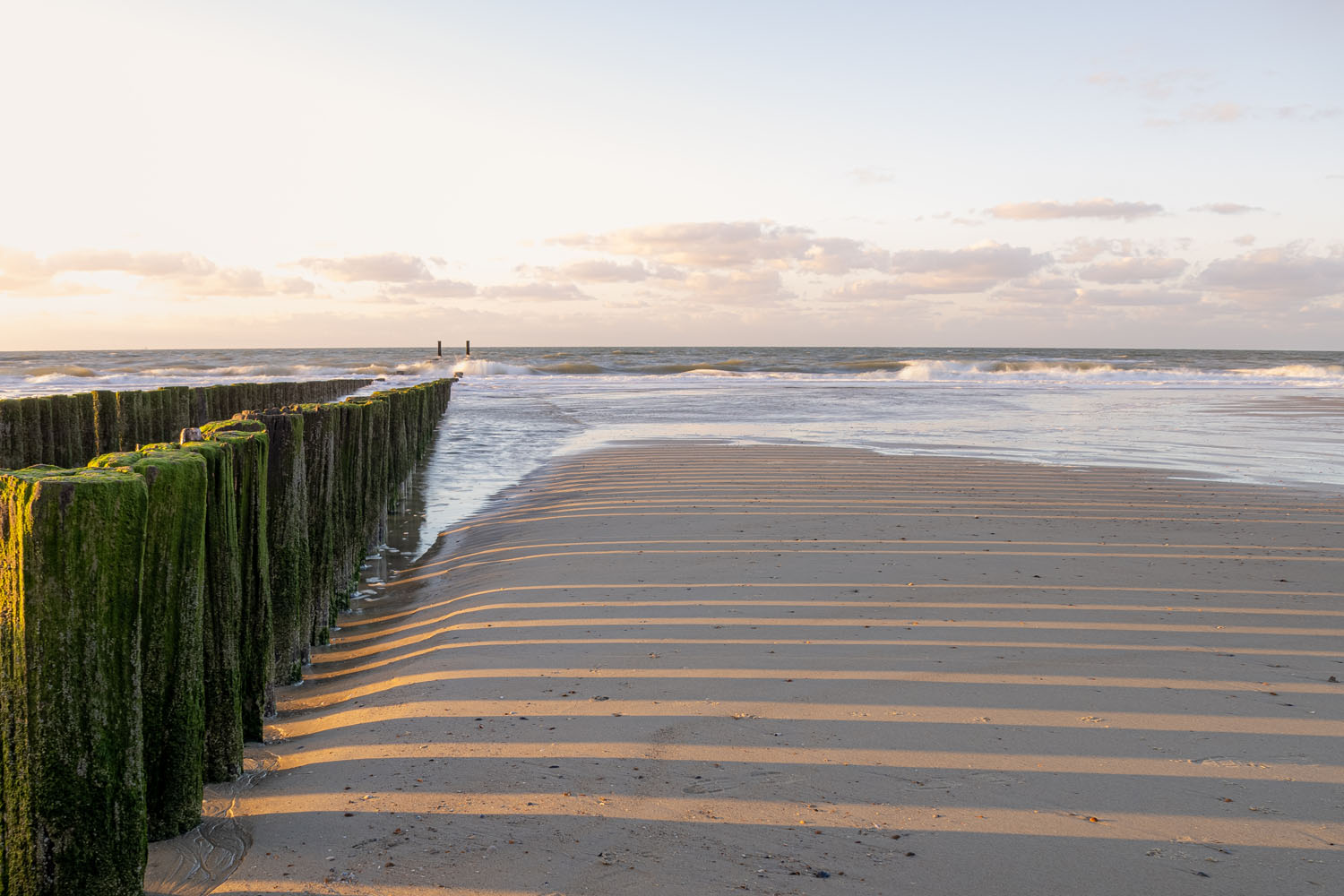
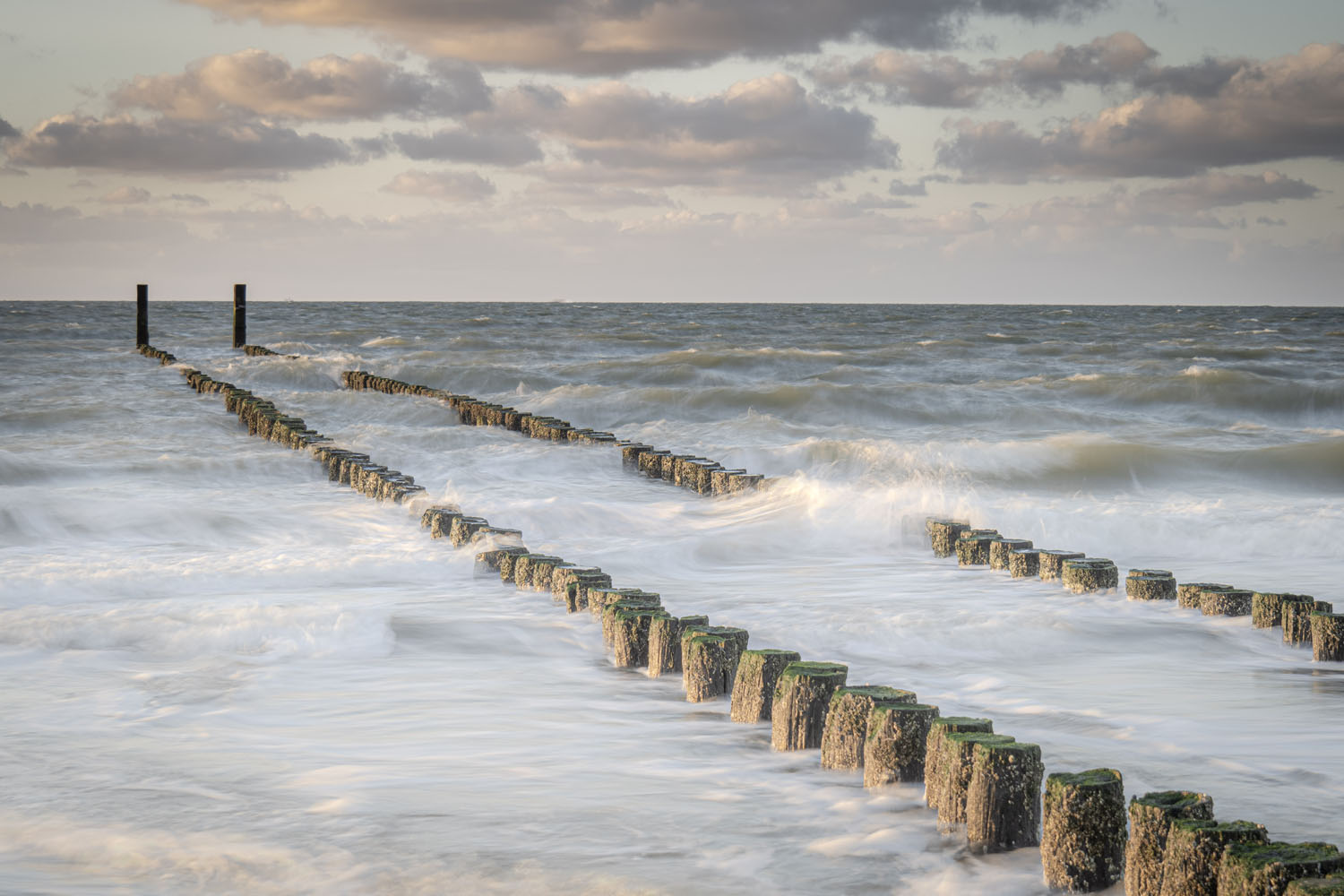
RIGHT: Olympus E-M1 MK III . Olympus M.Zuiko 14-150mmF4.0-5.6 @42mm . F/5.4 . 0.5” . ISO 80
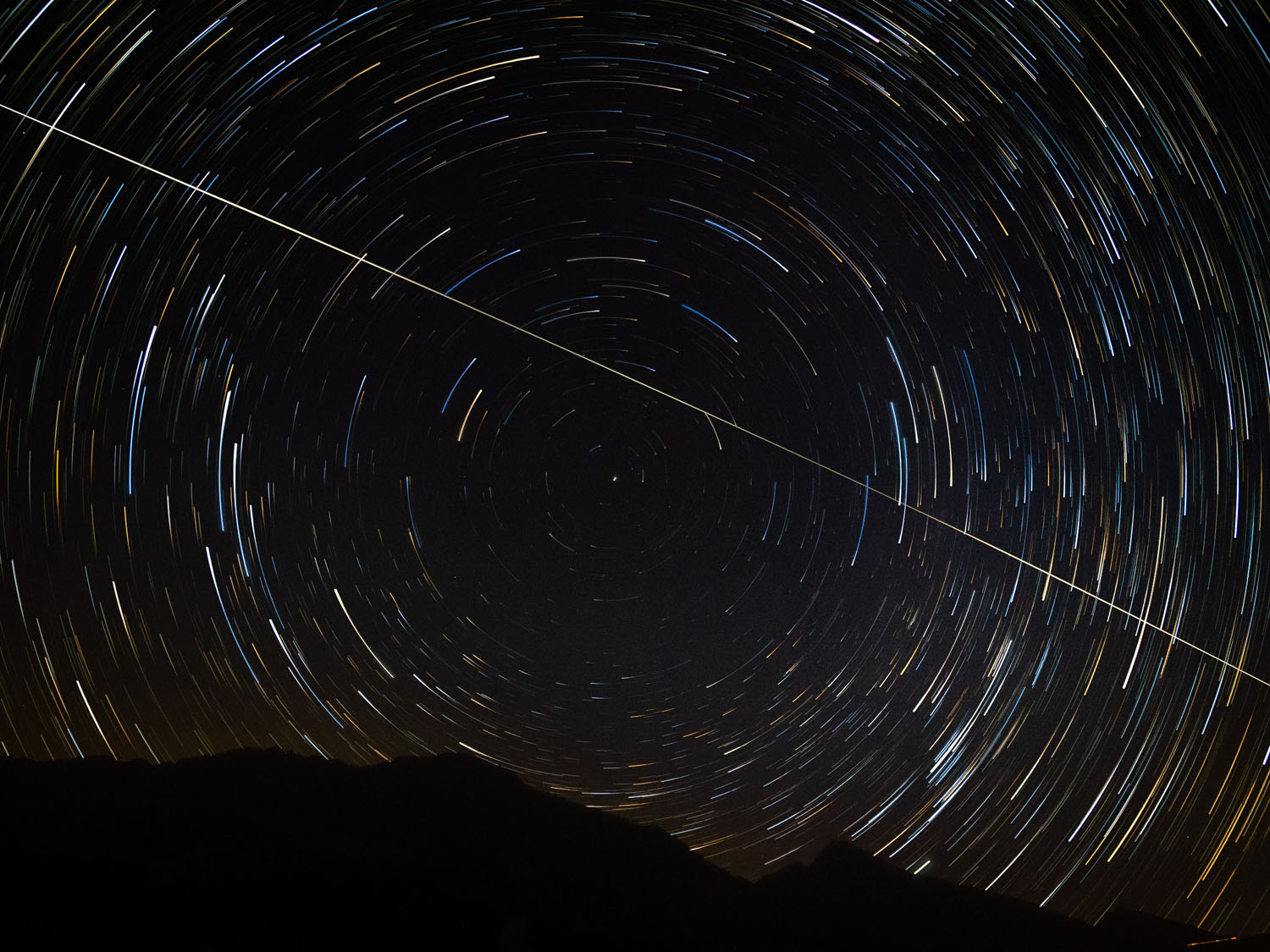
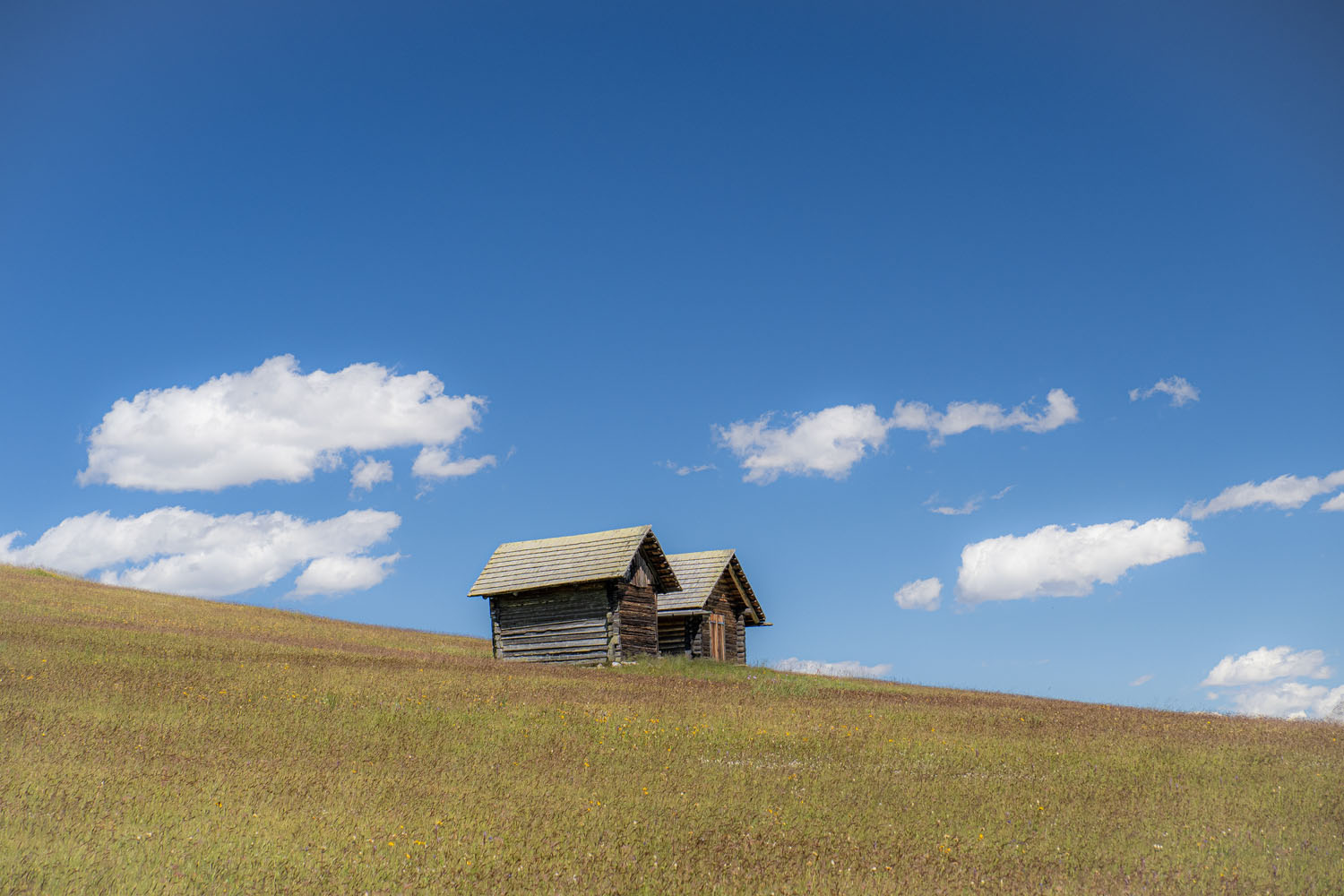
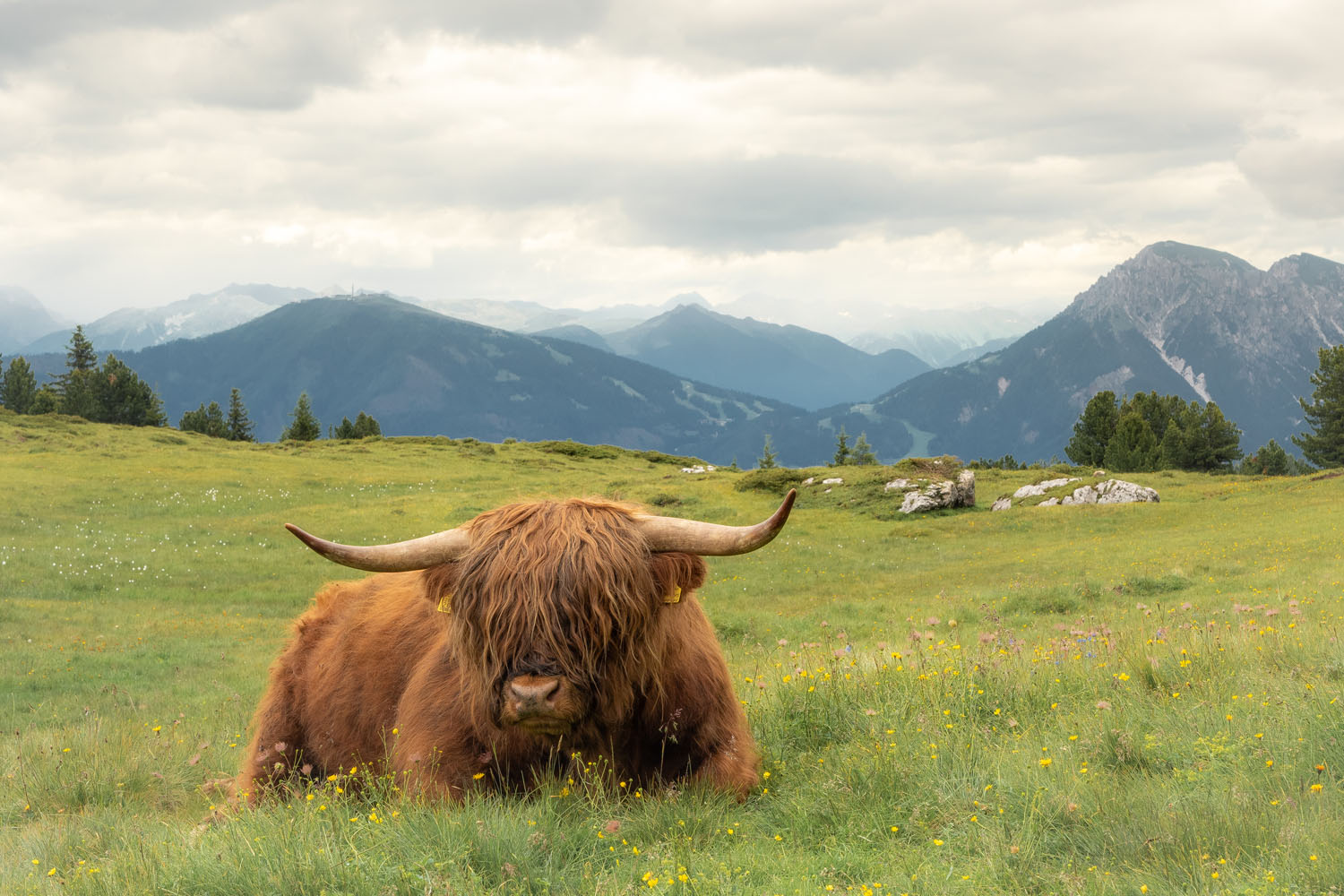
RIGHT: Olympus E-M5 MK II . Olympus M.Zuiko 12-40mmF2.8 @40mm . F/8 . 1/250” . ISO 200
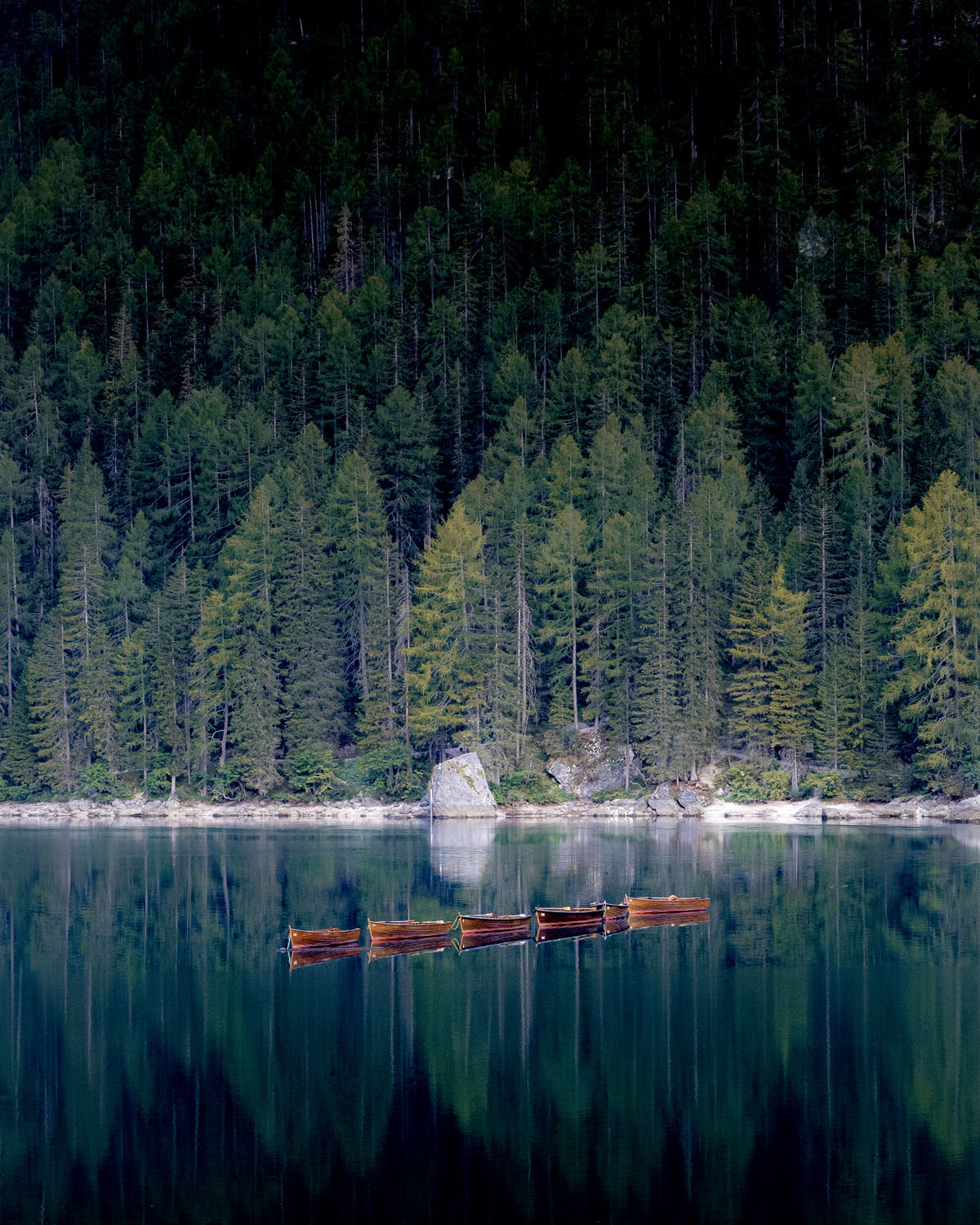
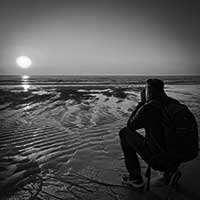
“I’m a 46-year-old photography enthusiast, based in the west of Germany in the Lower Rhine area next to Duesseldorf. Being a scientist (or, to be more specific, a biologist) by profession, I have always been enjoying the artistic part of photography as well as the ever-developing technology details of modern cameras and lenses.”




